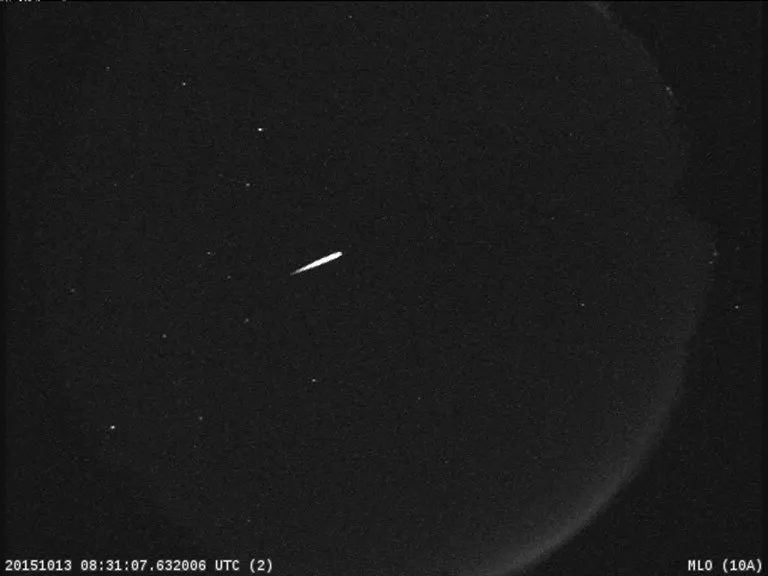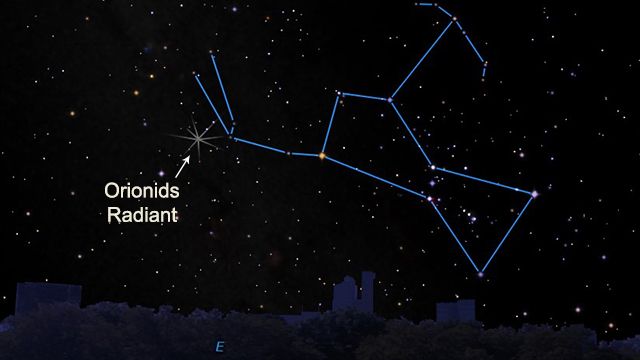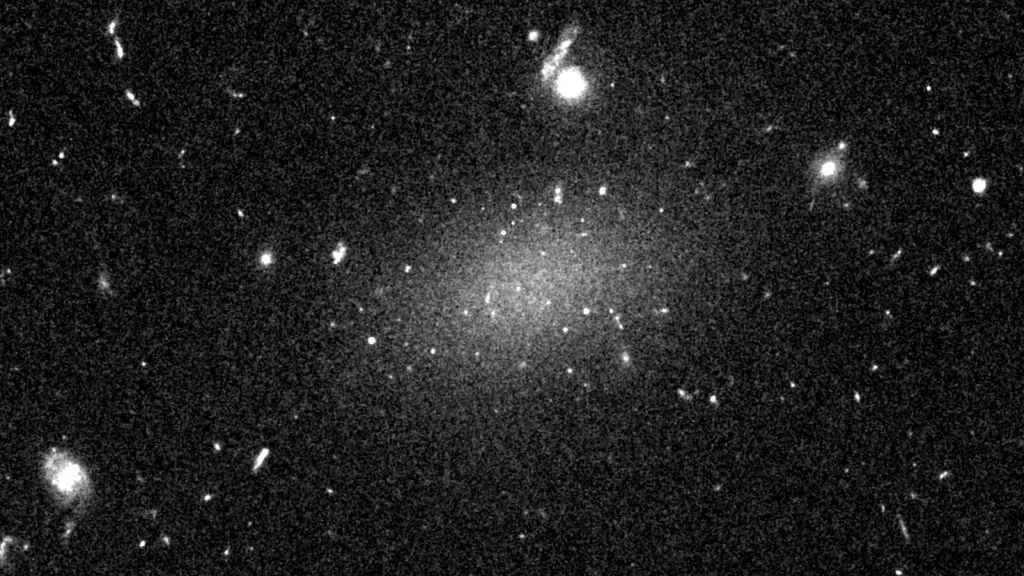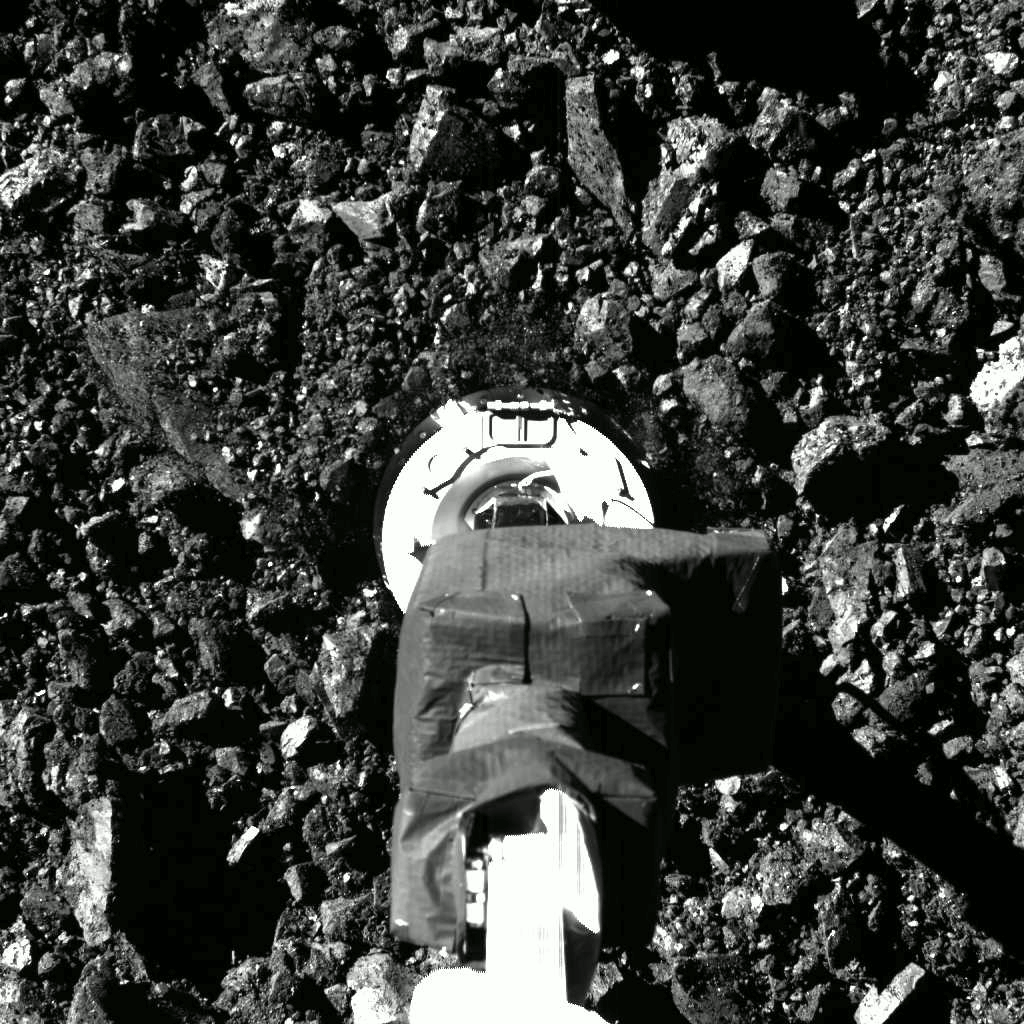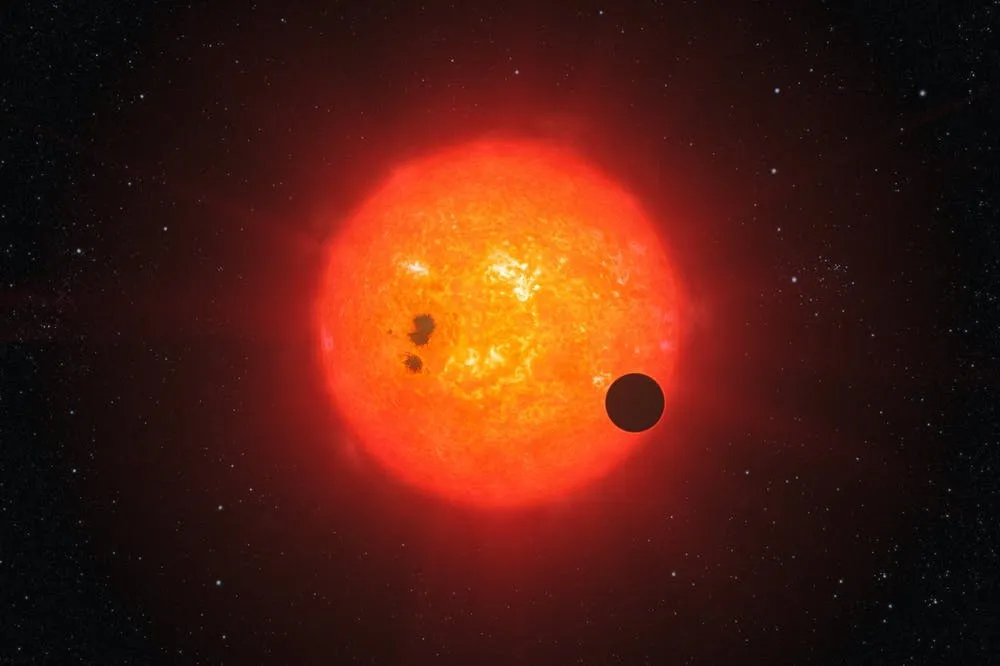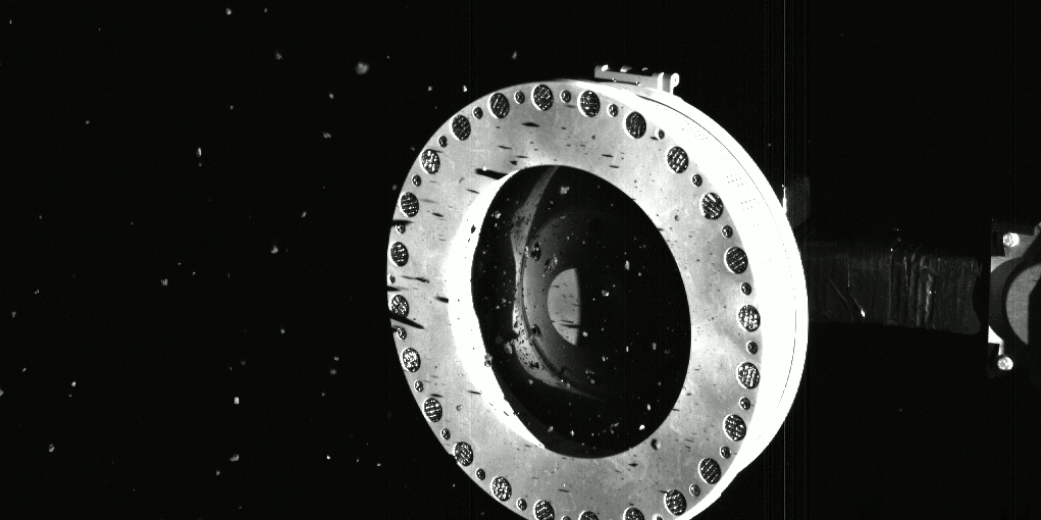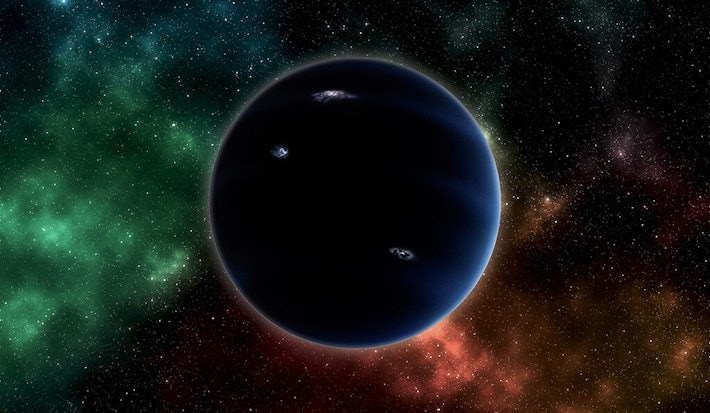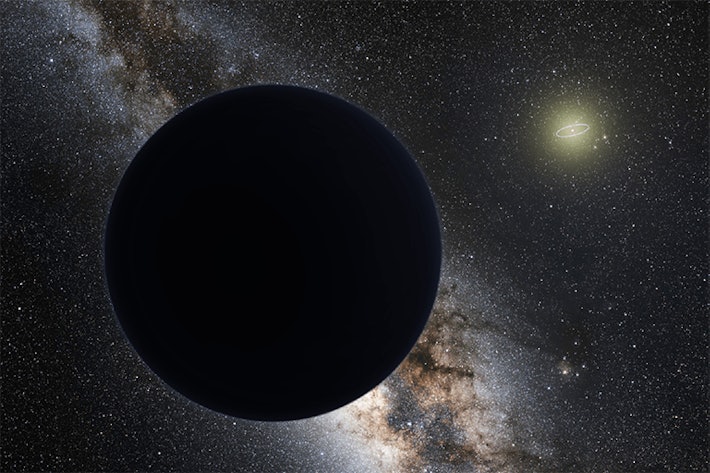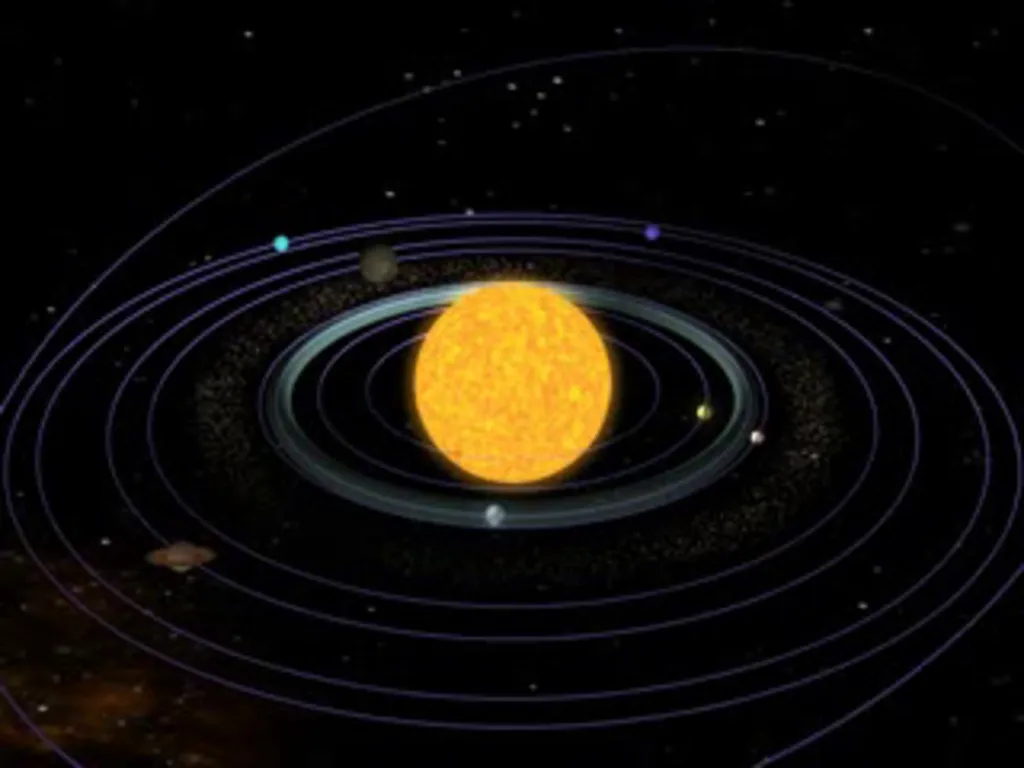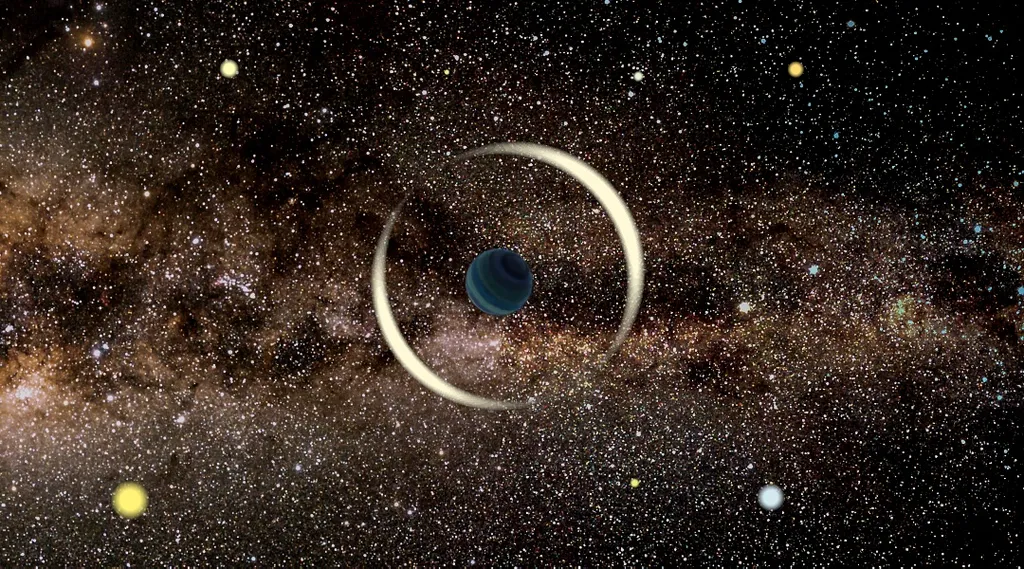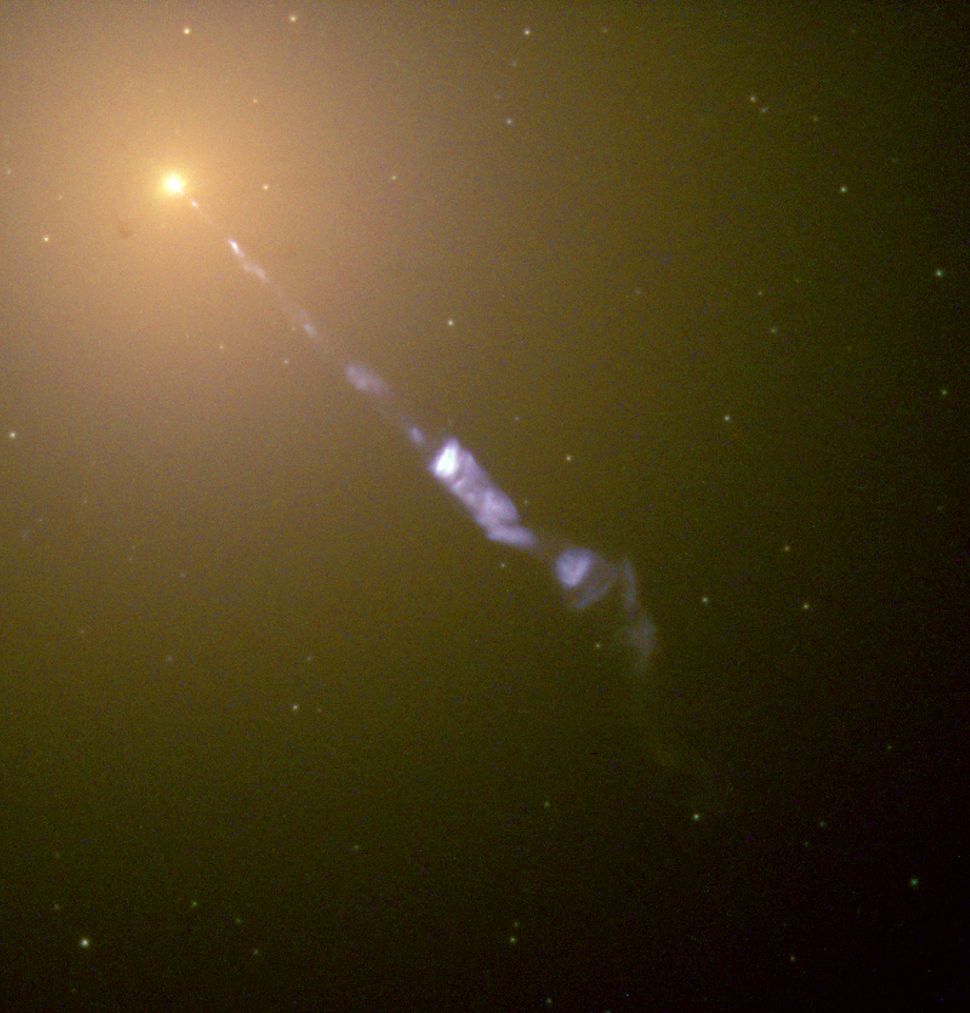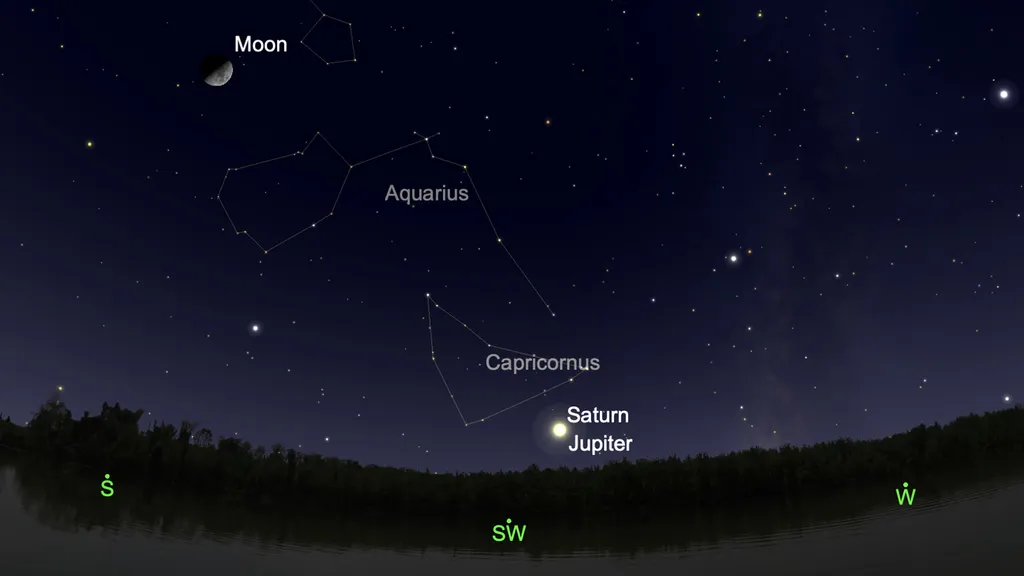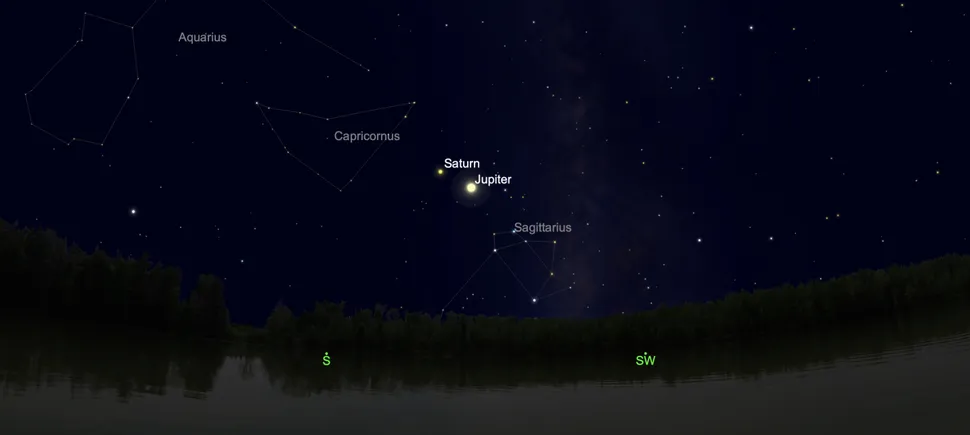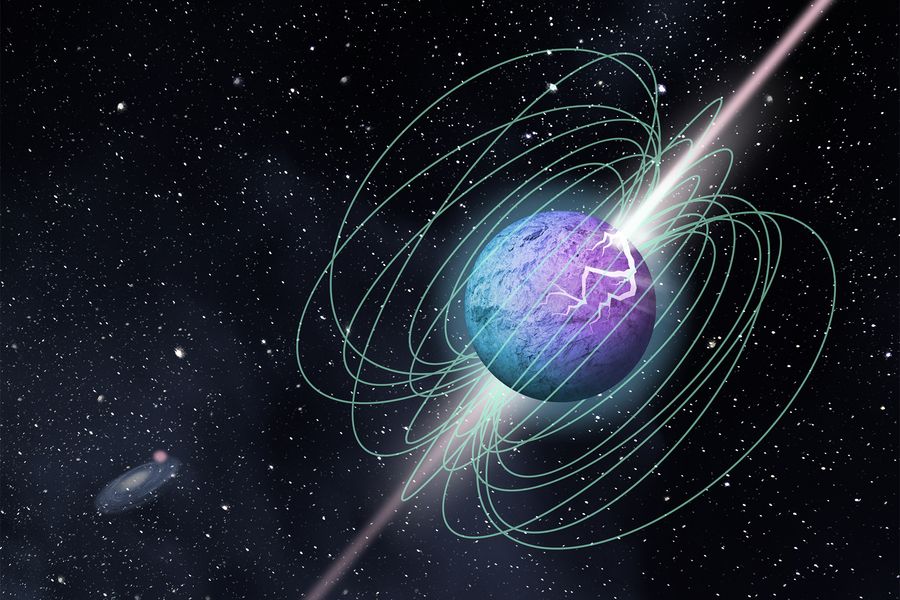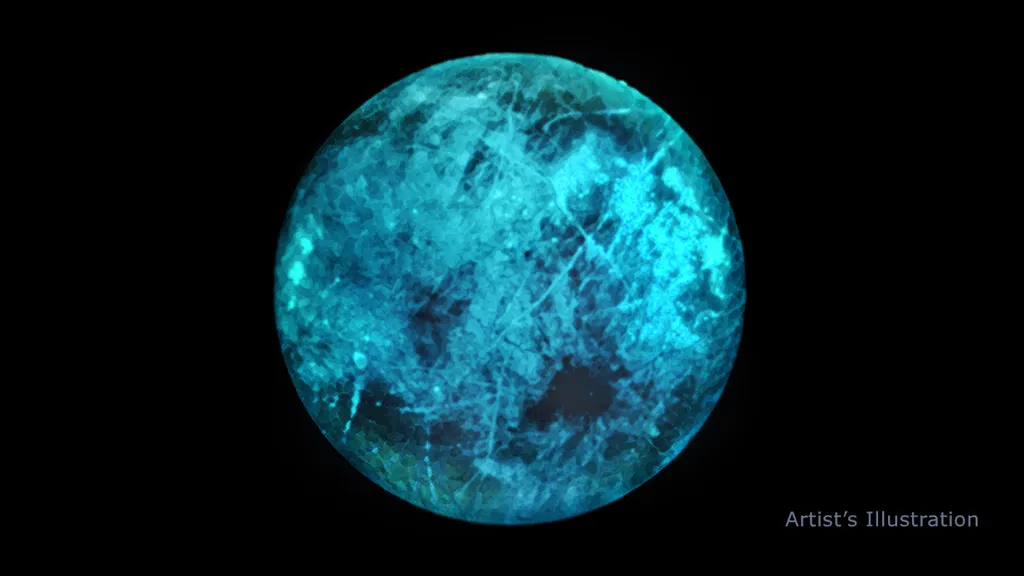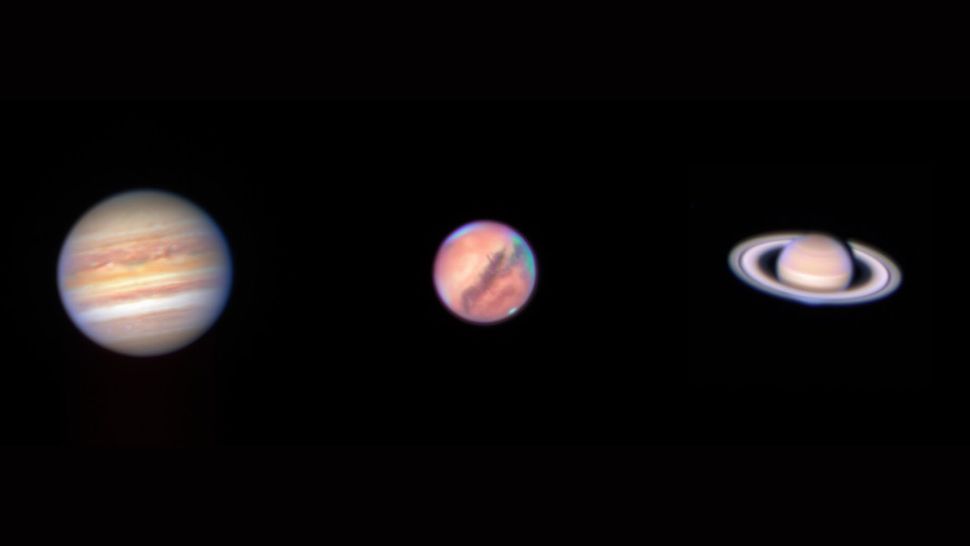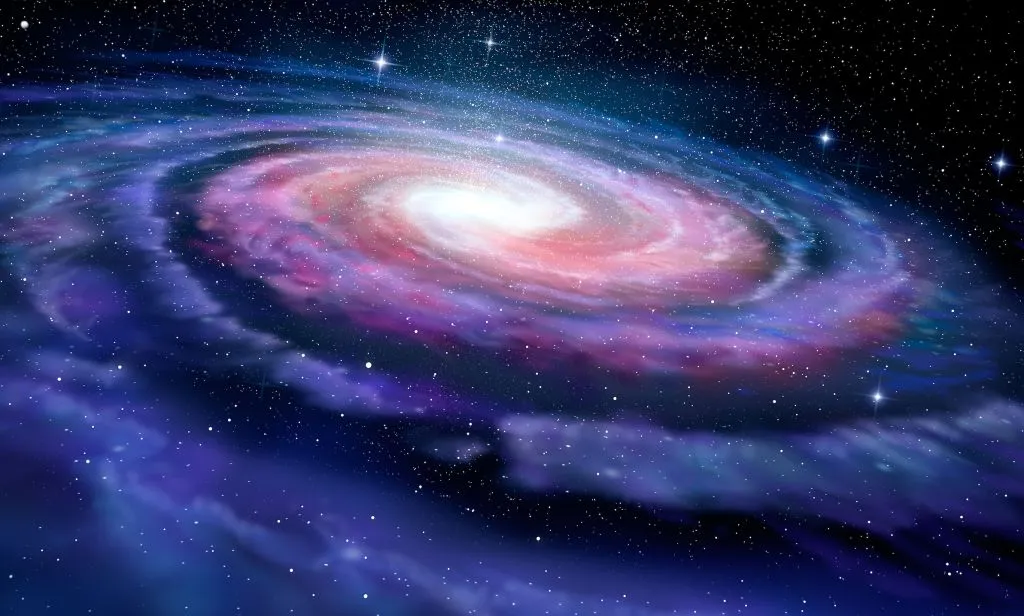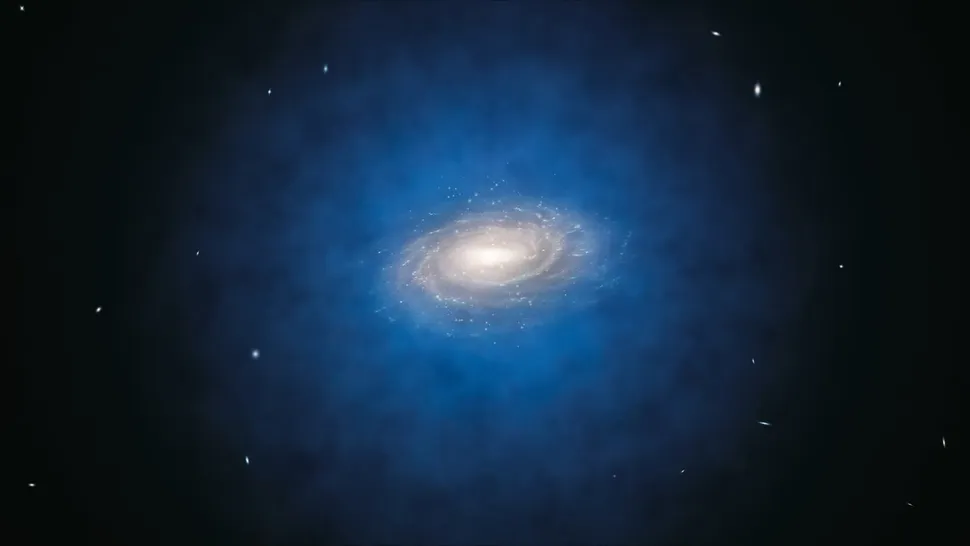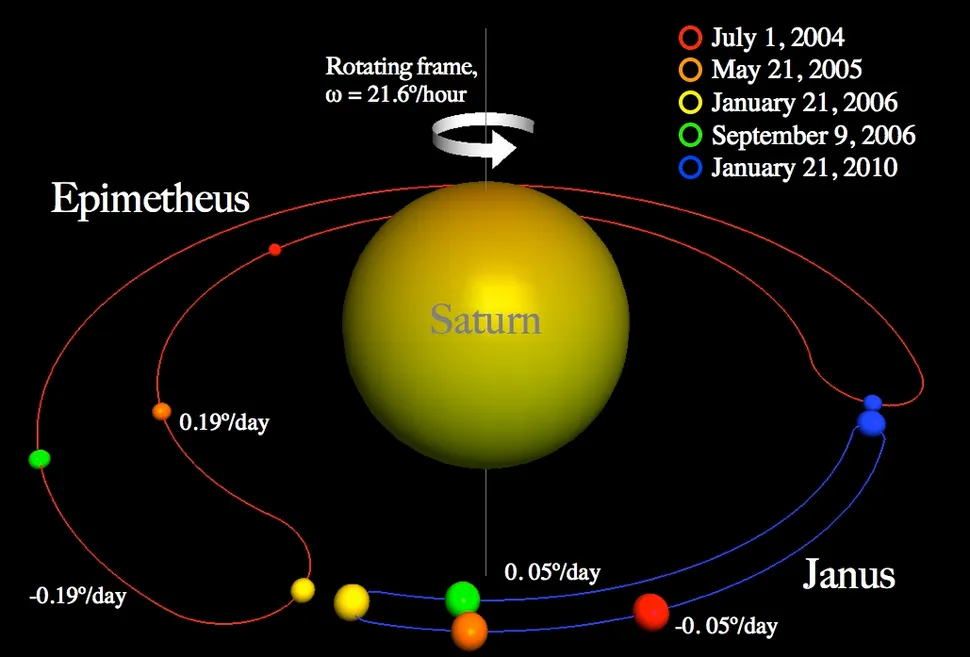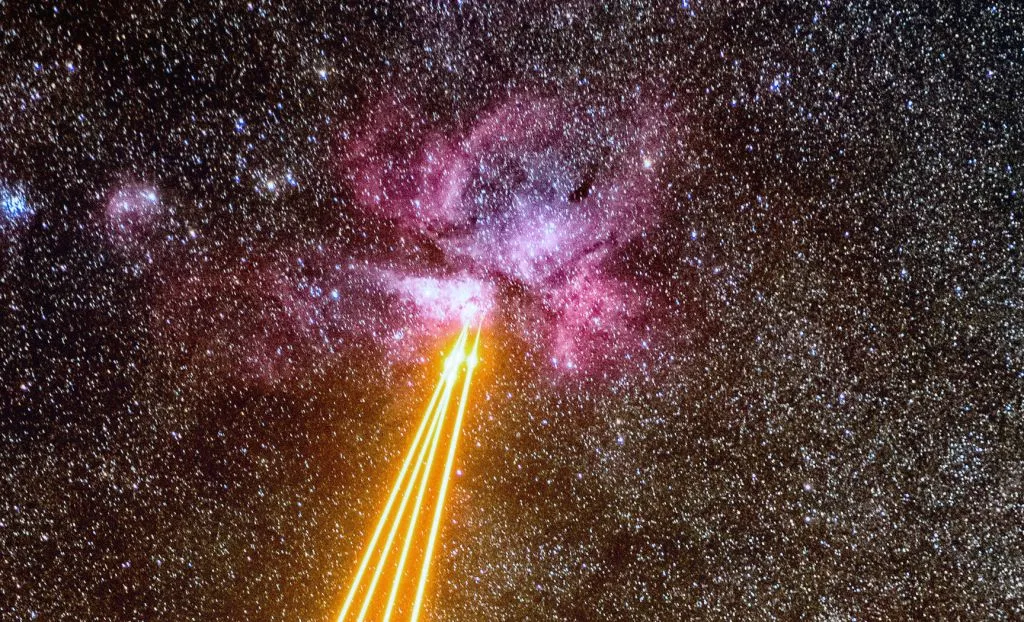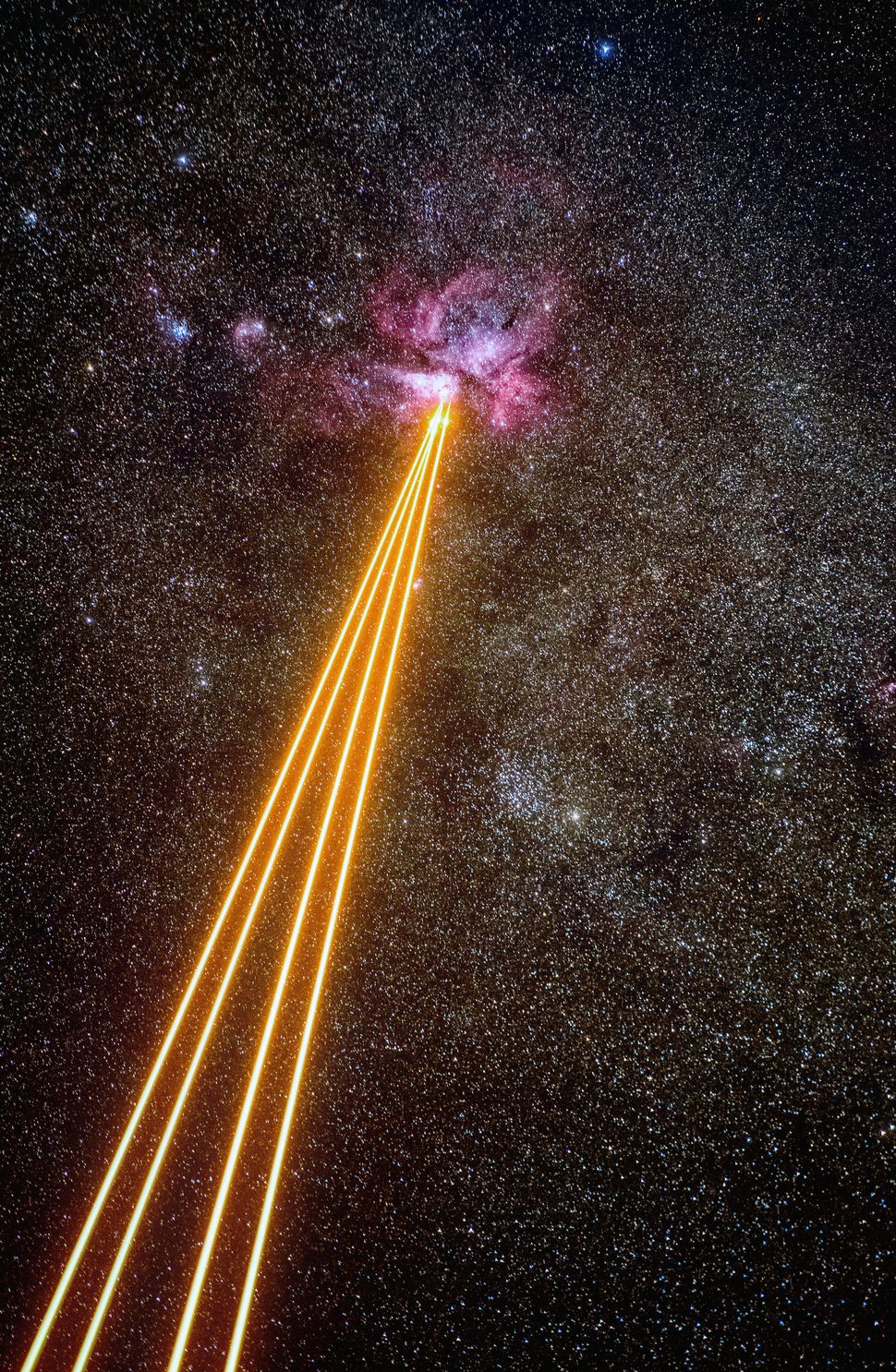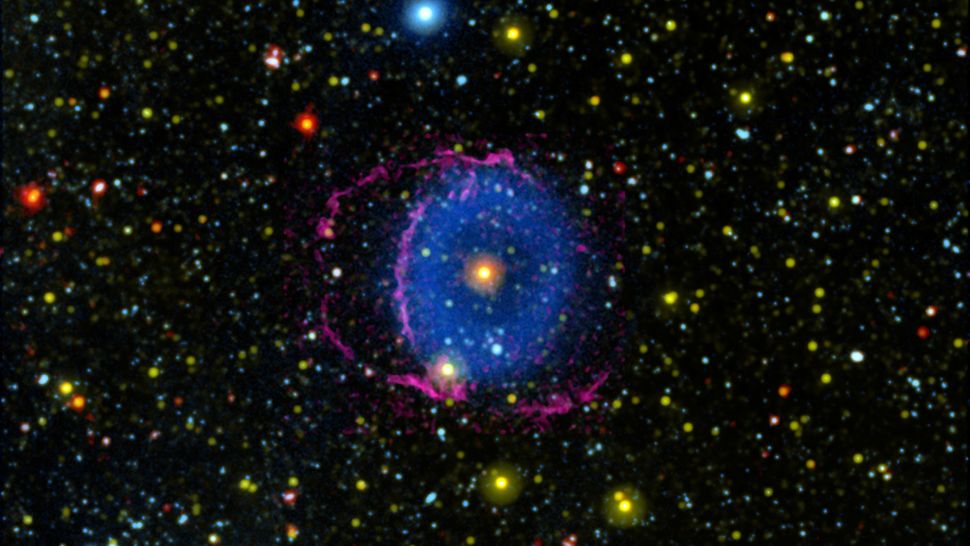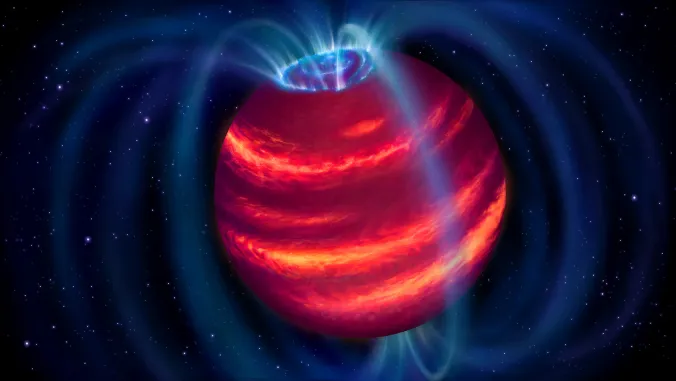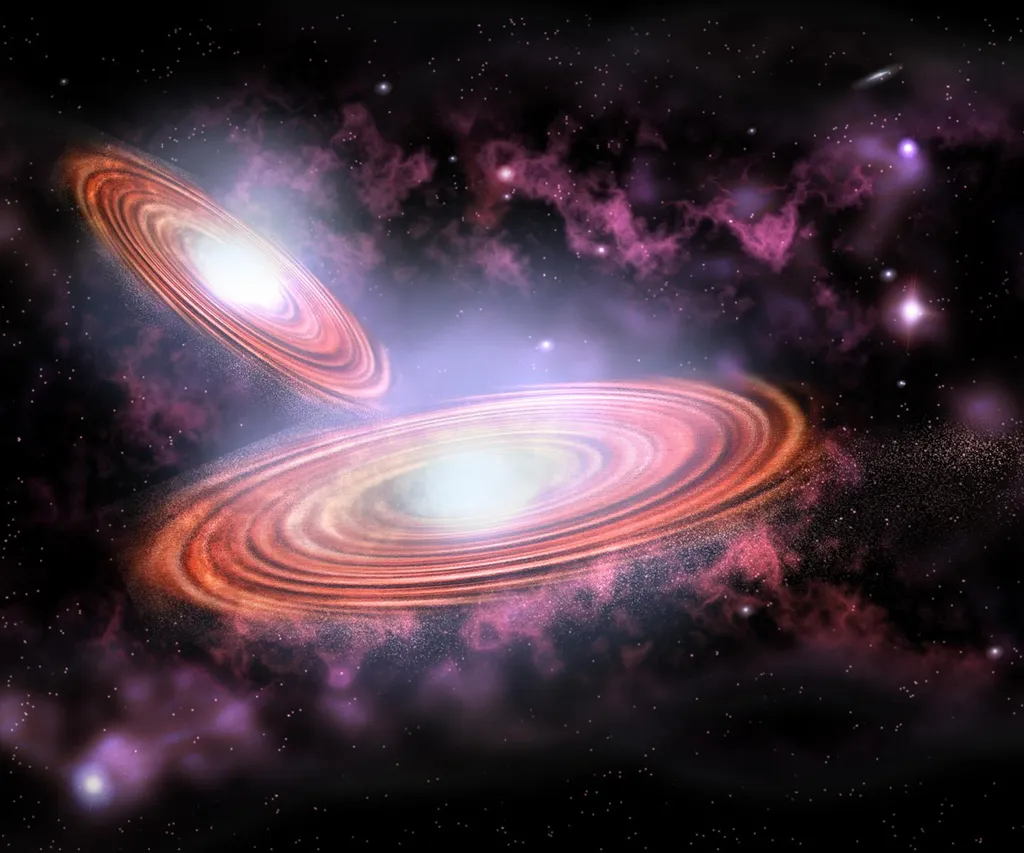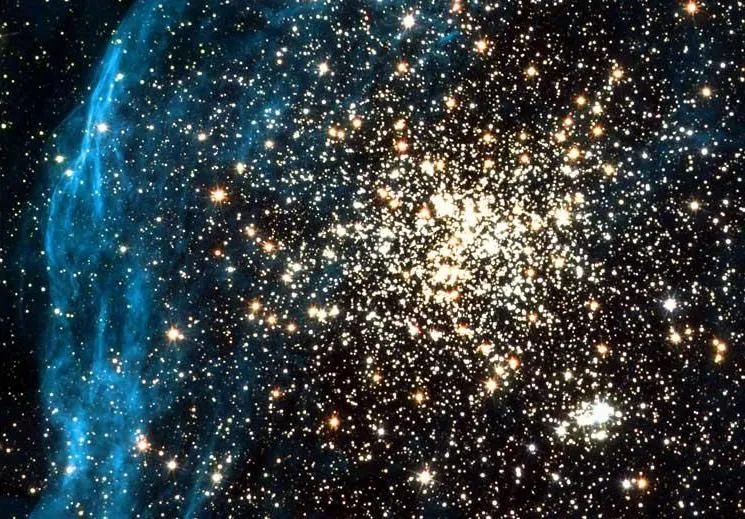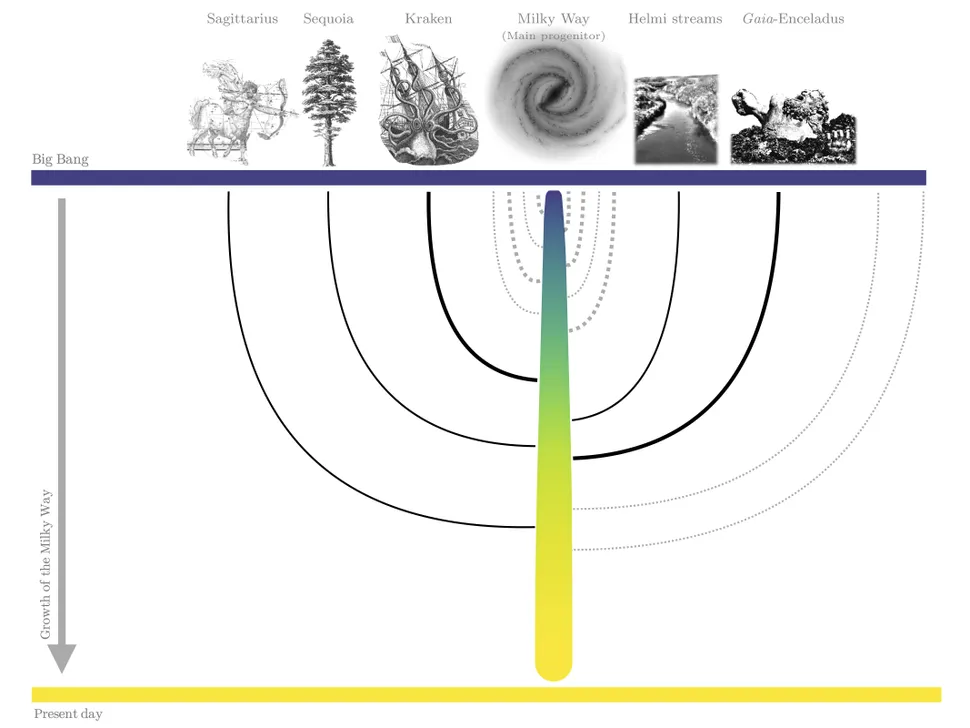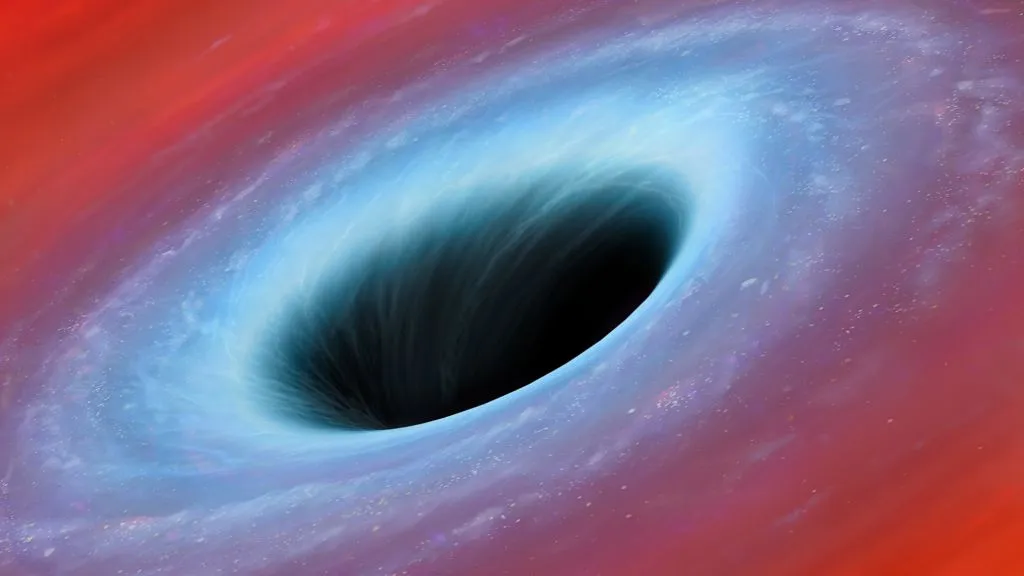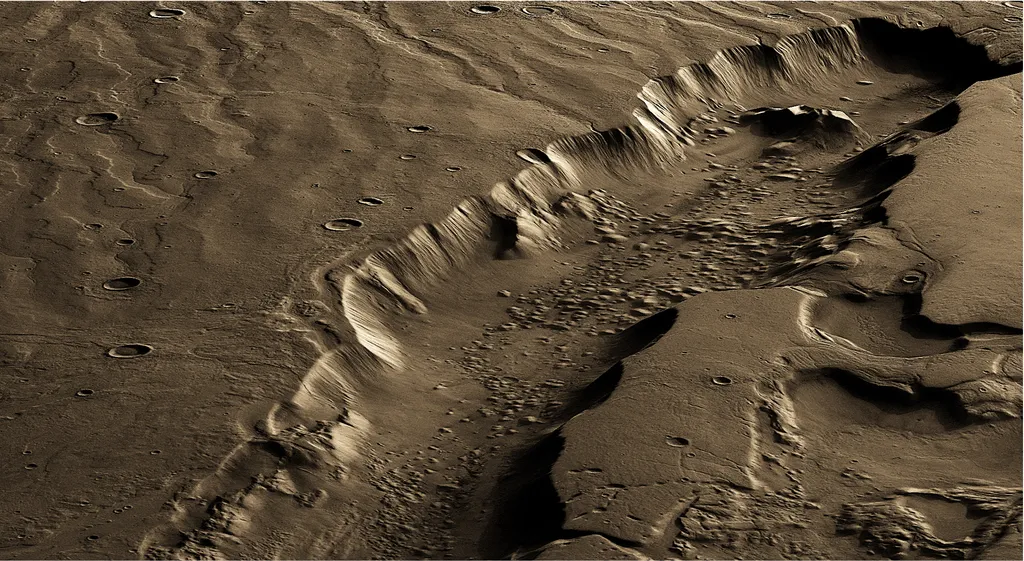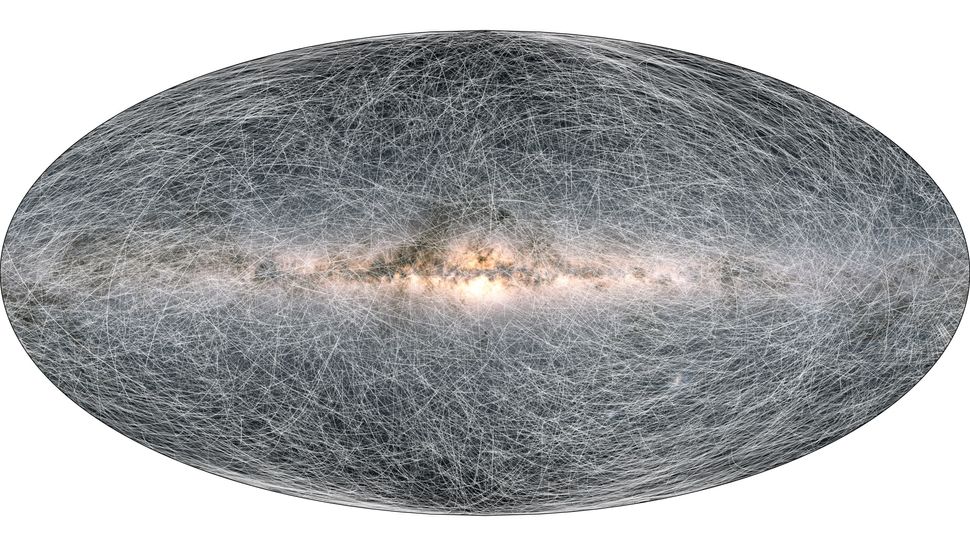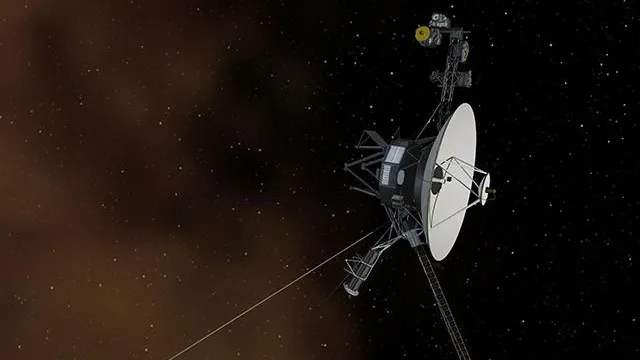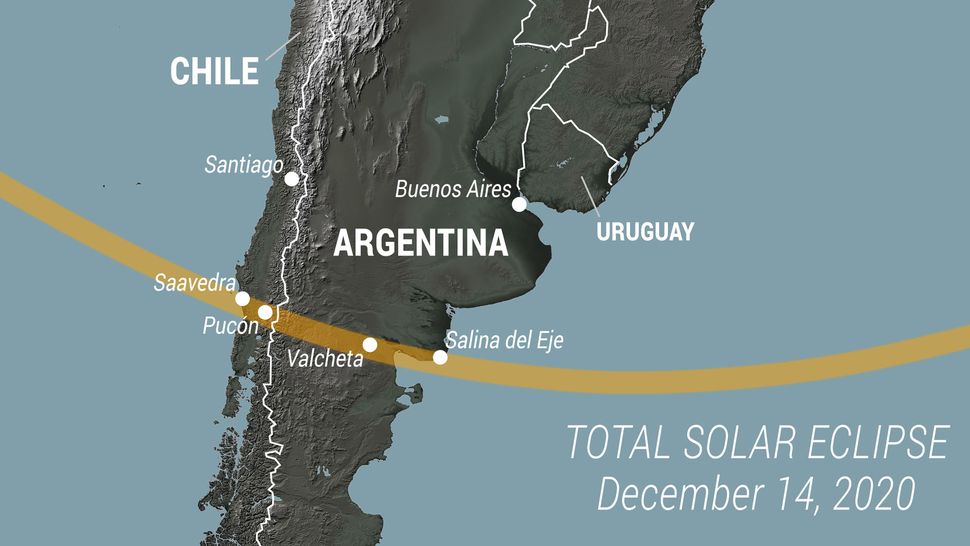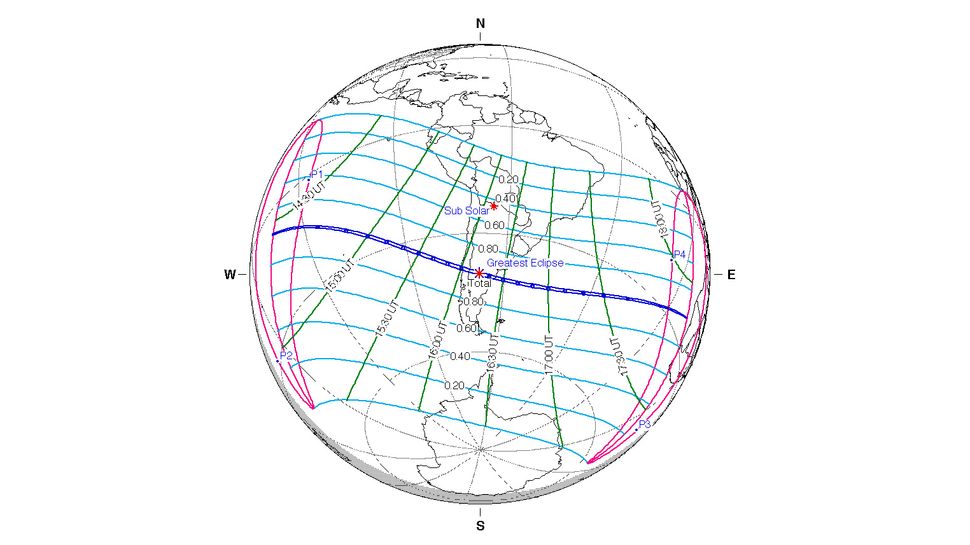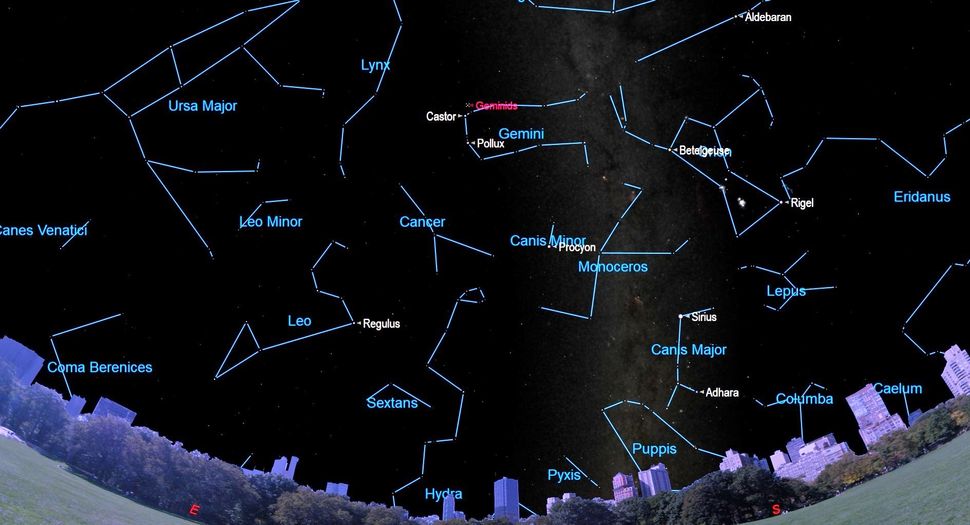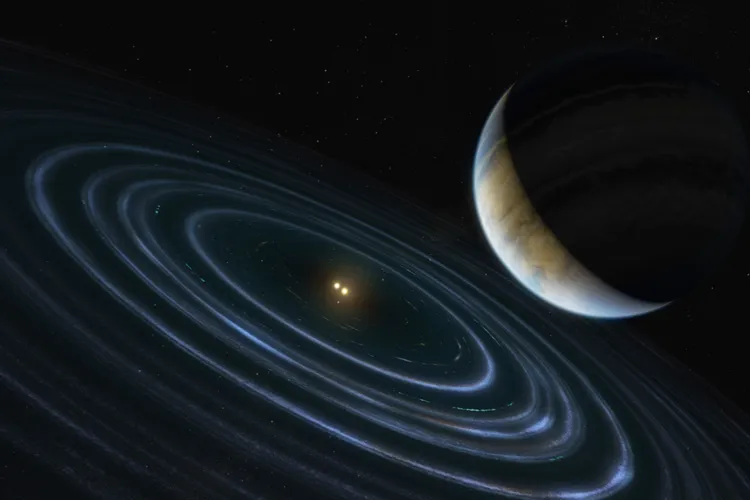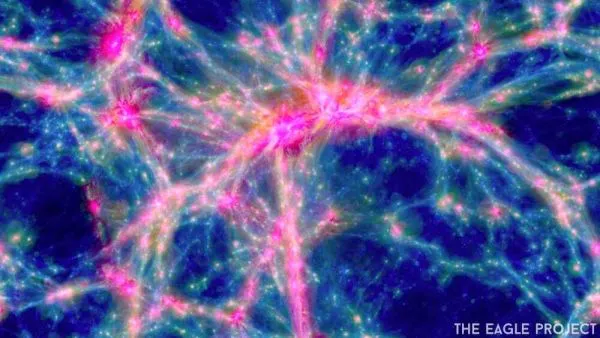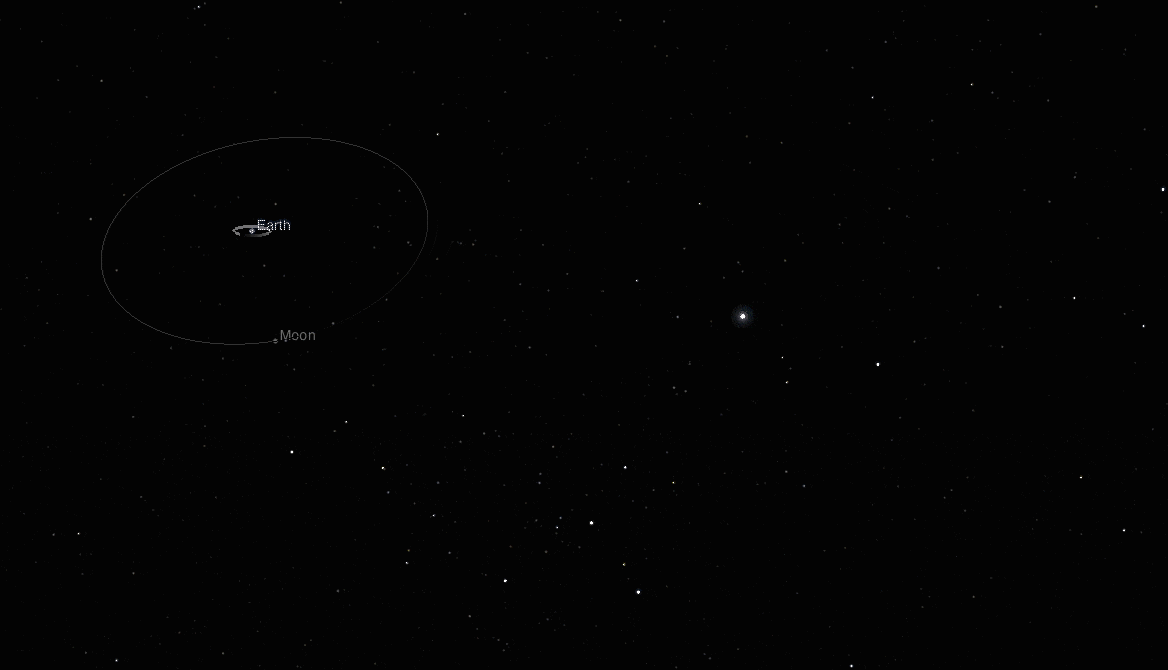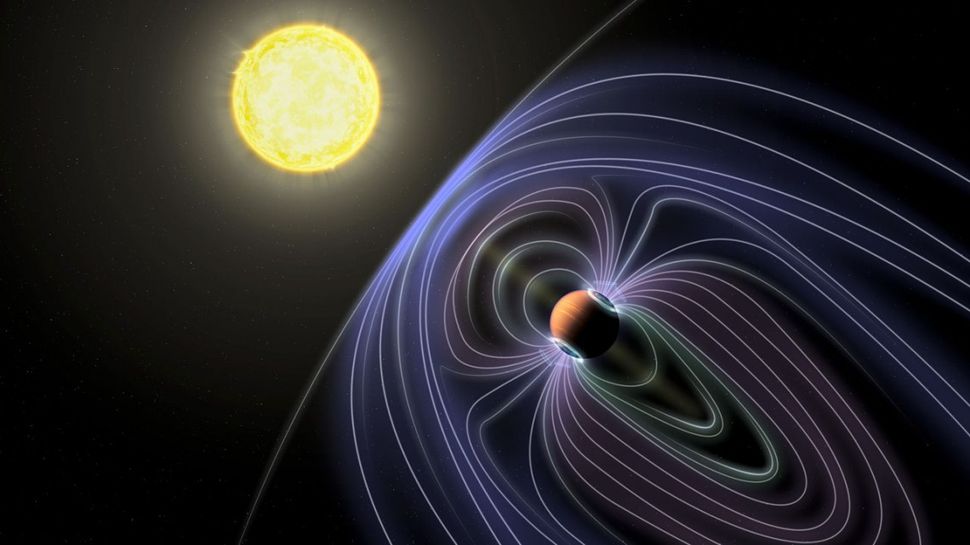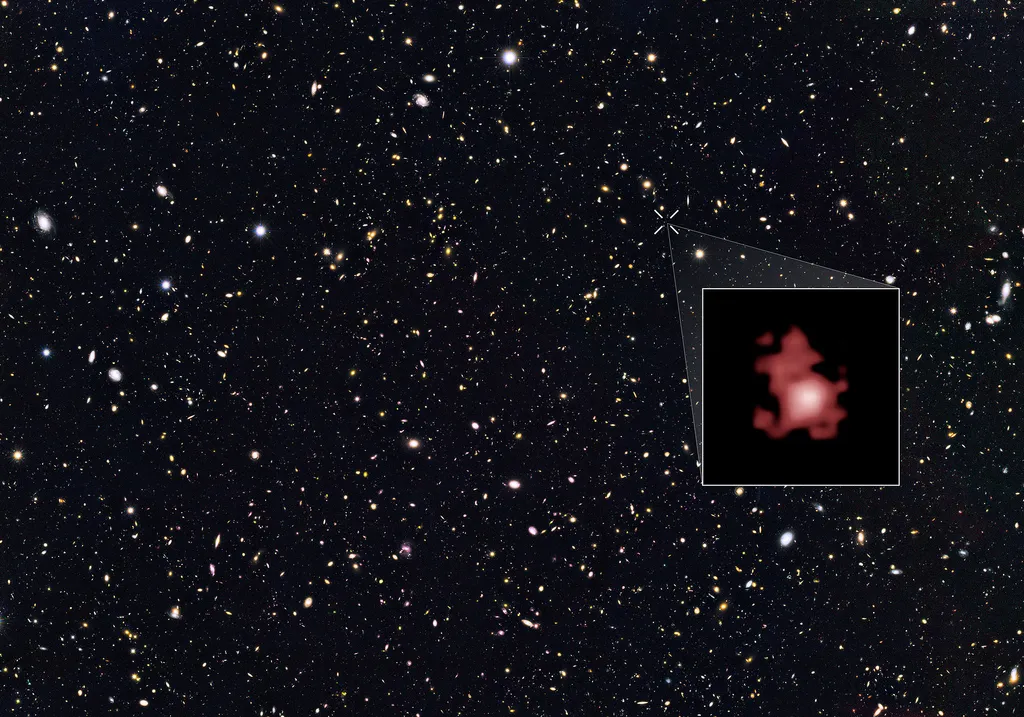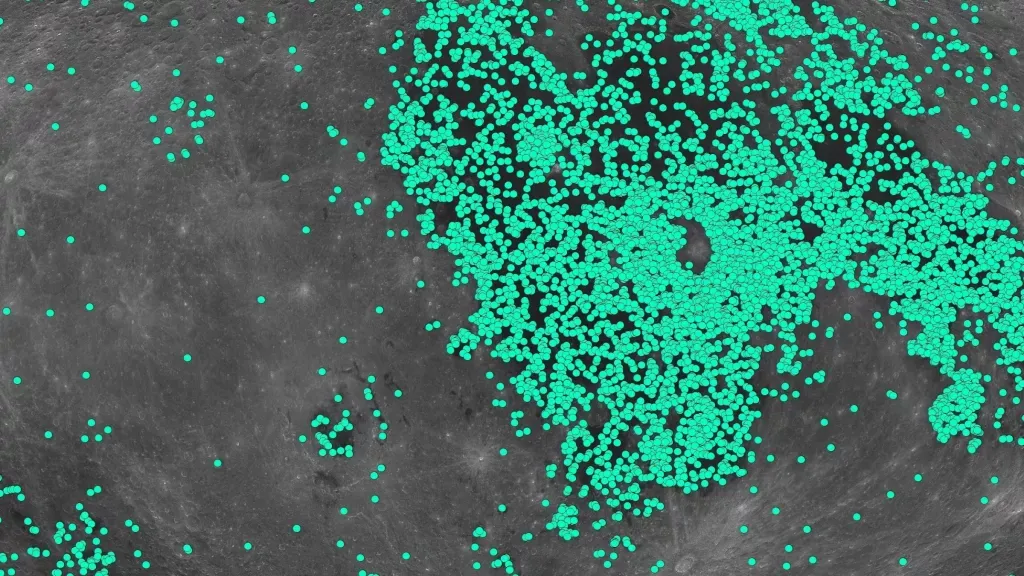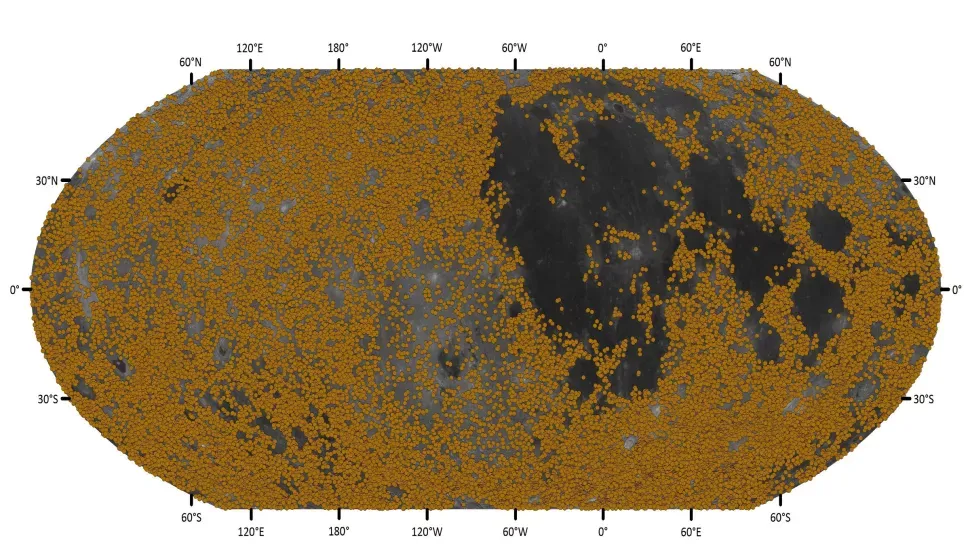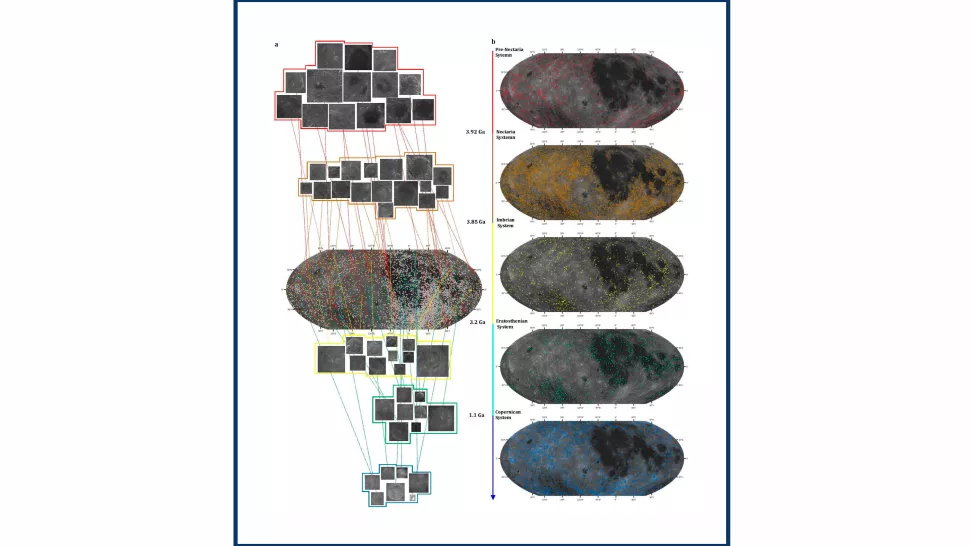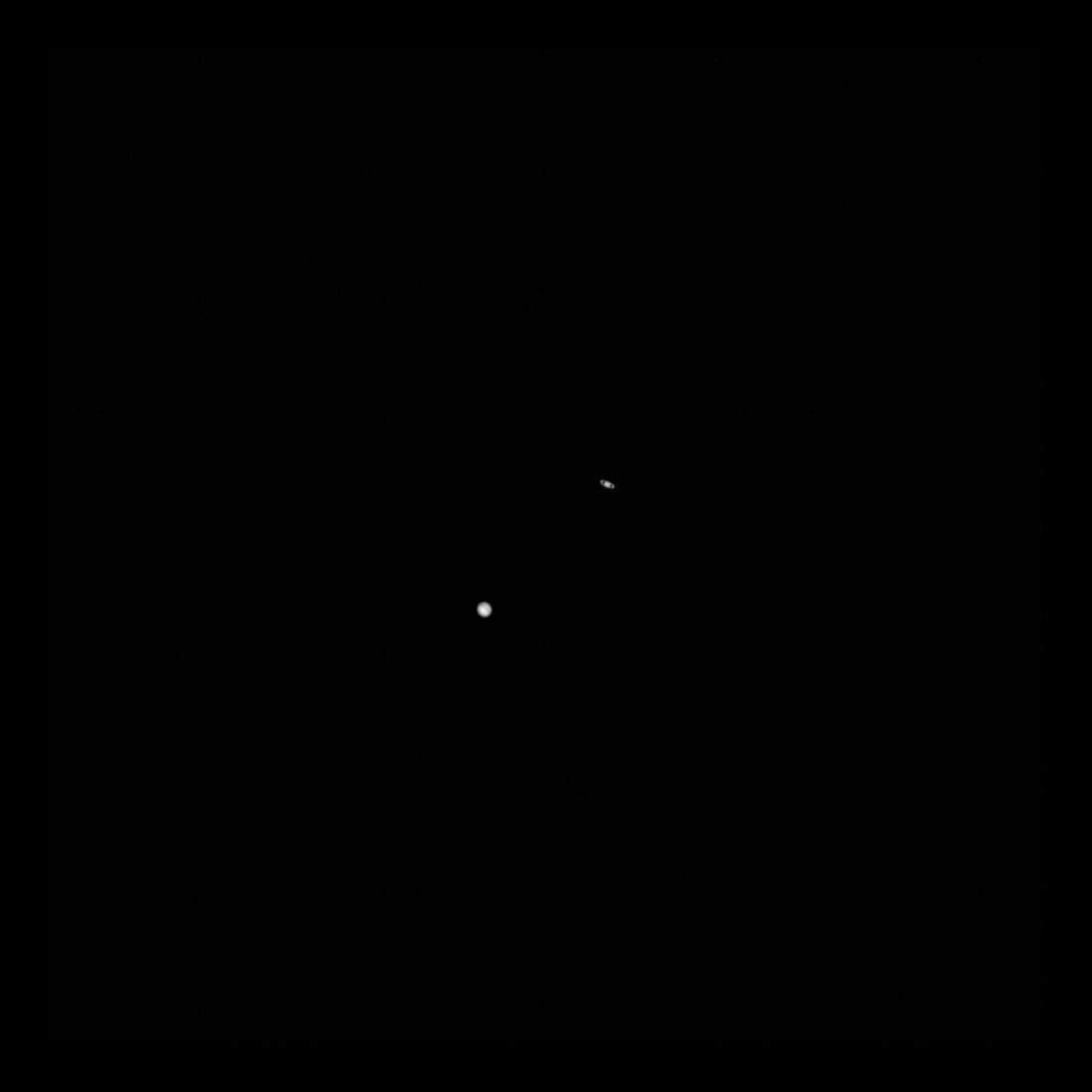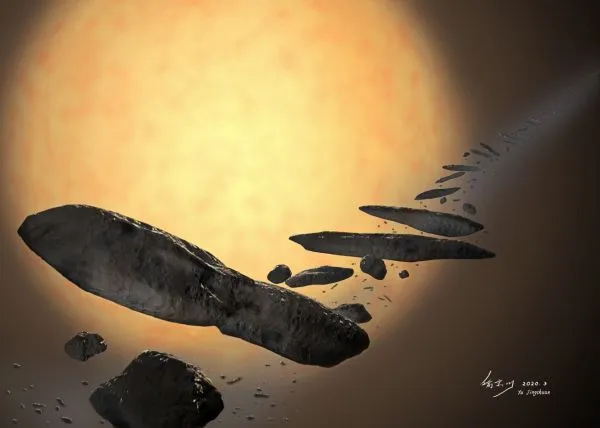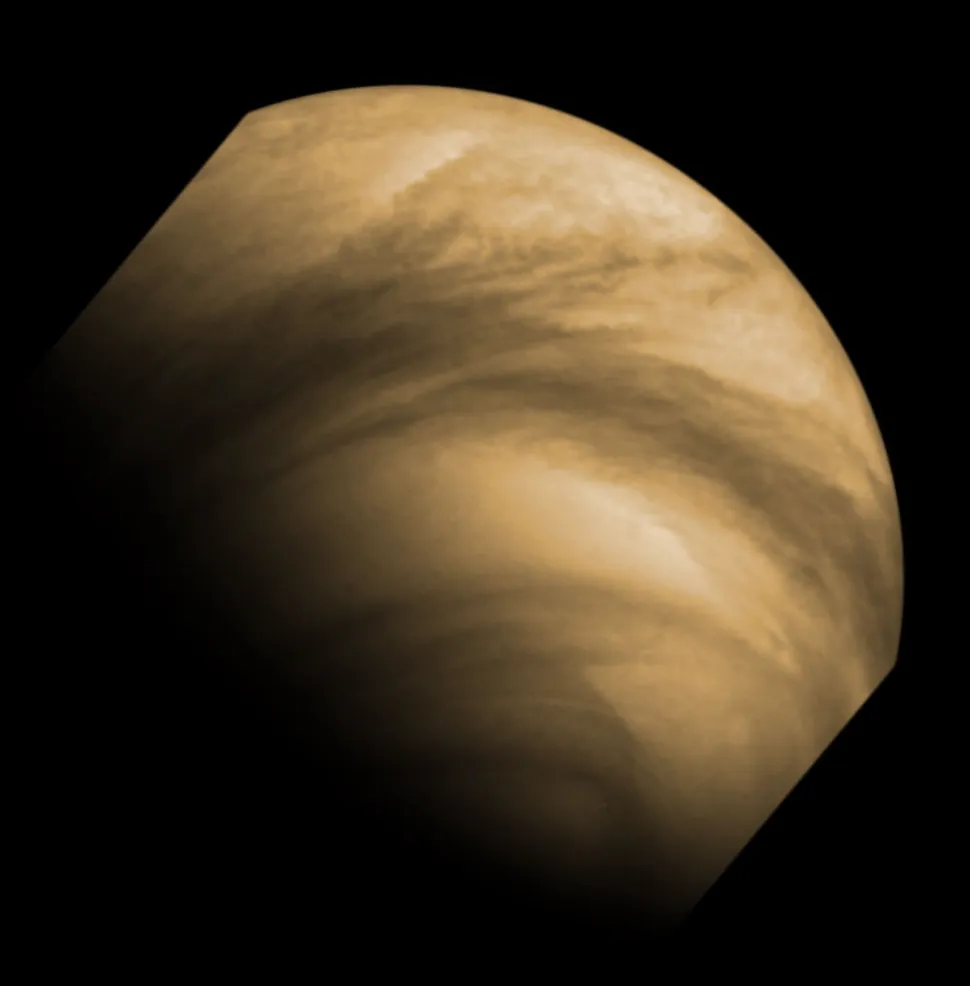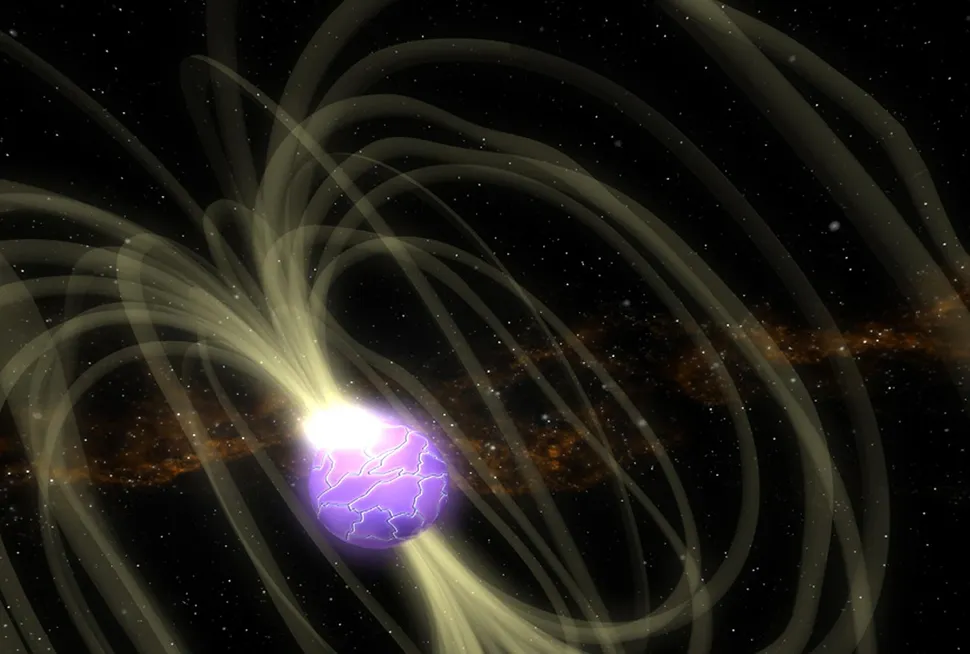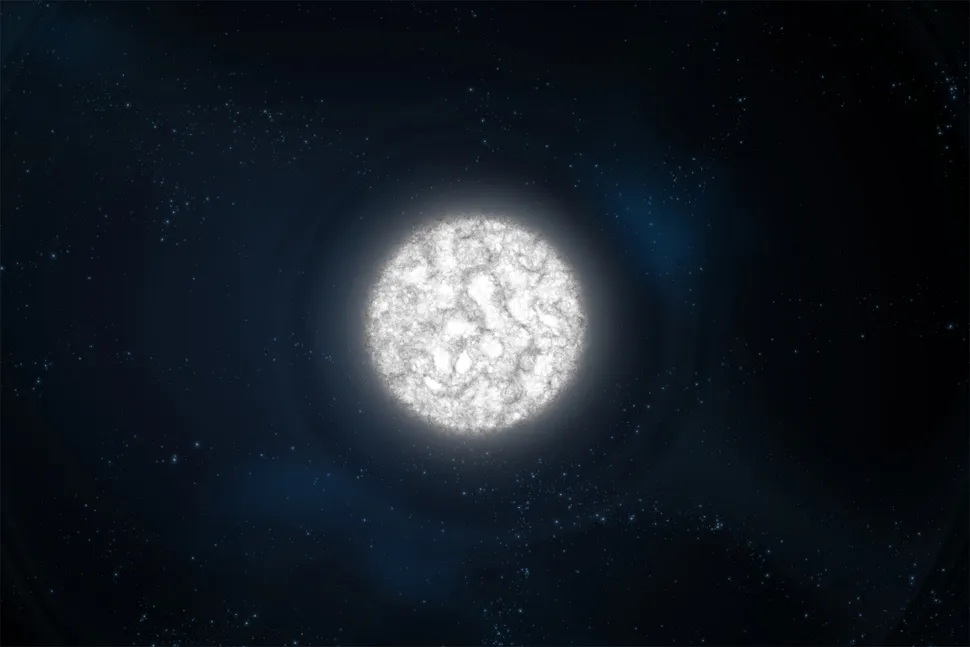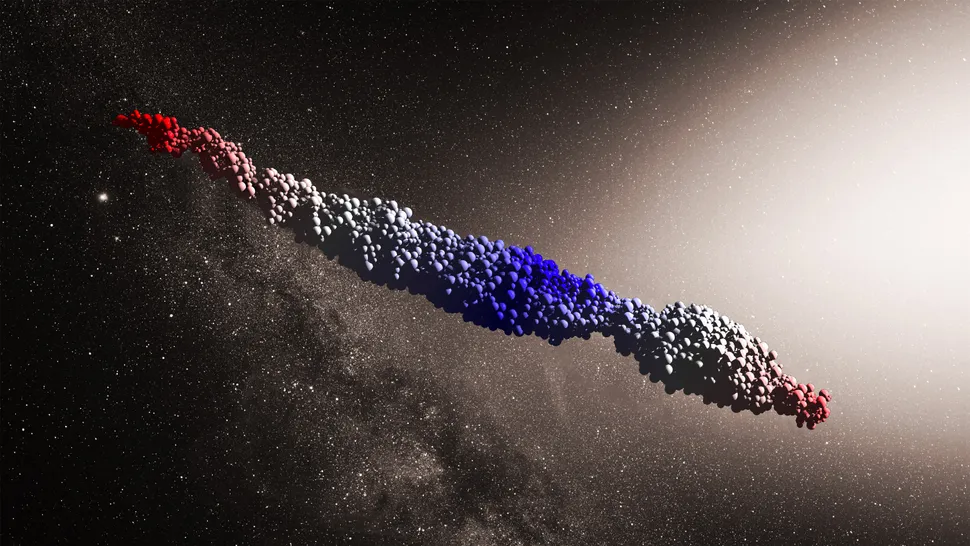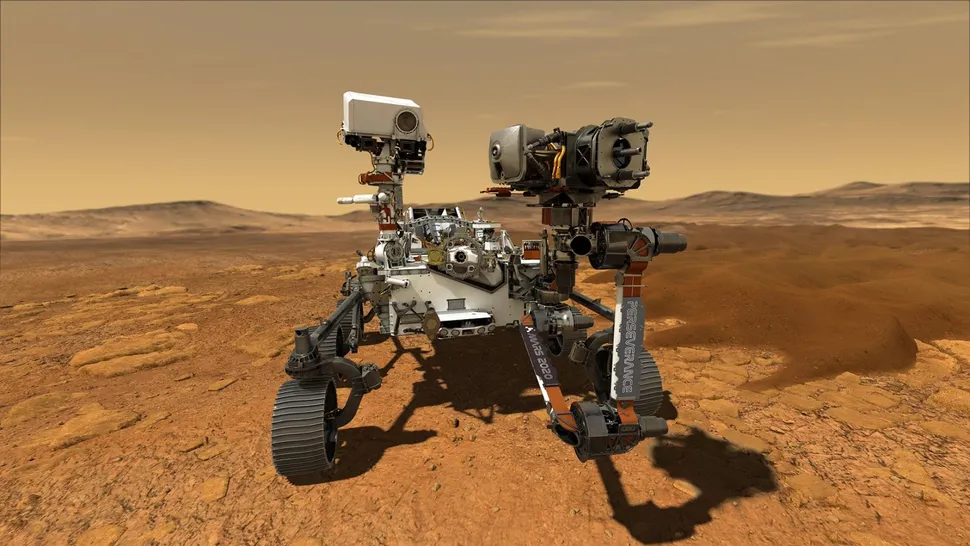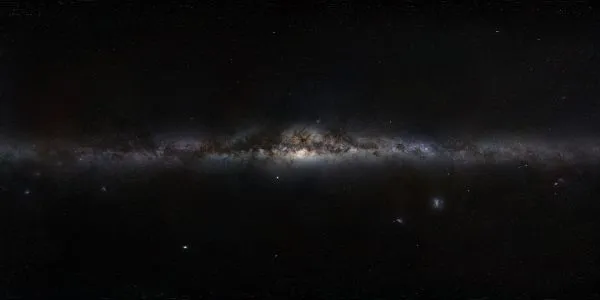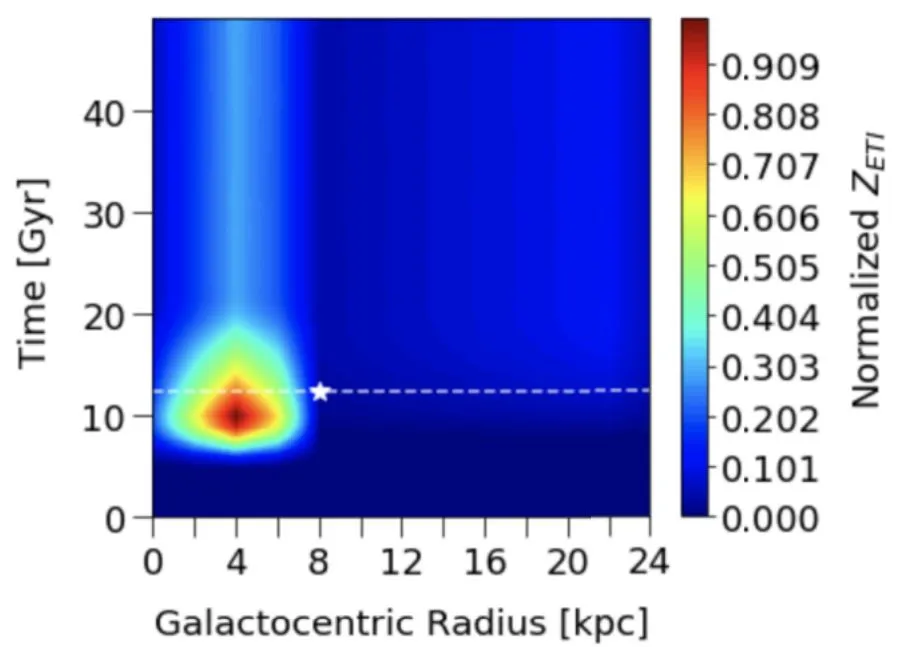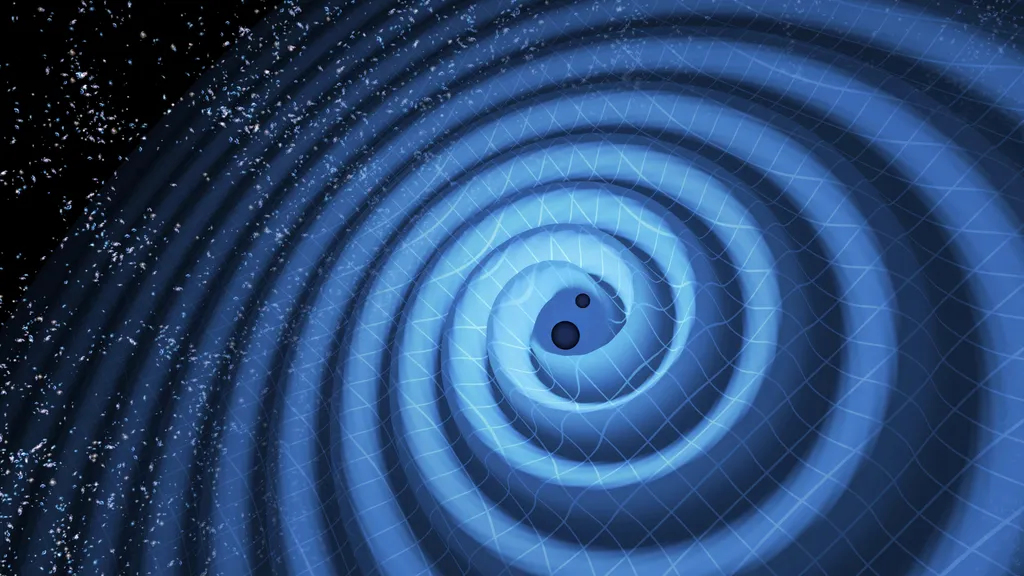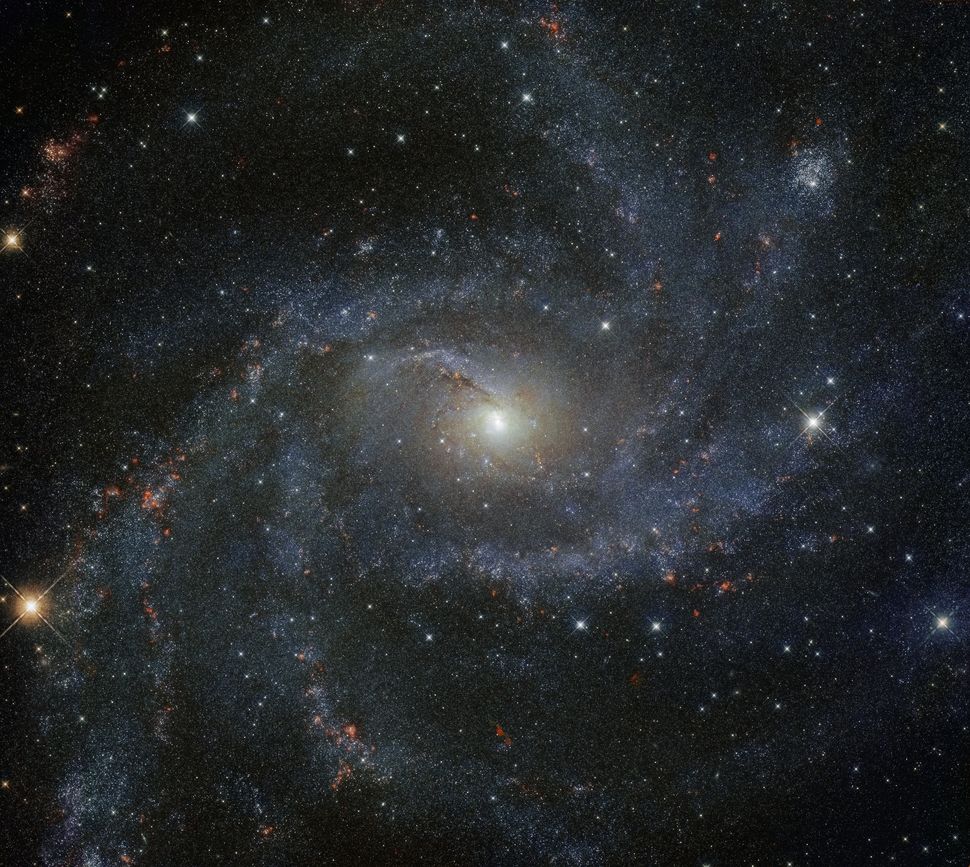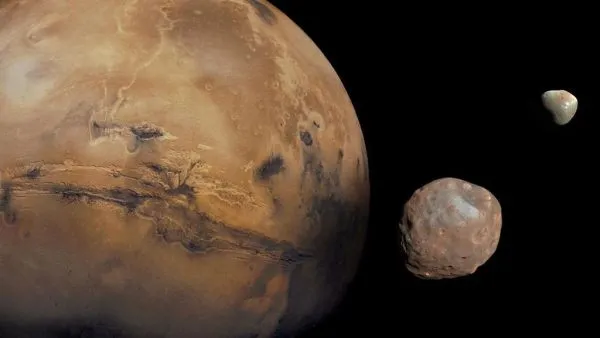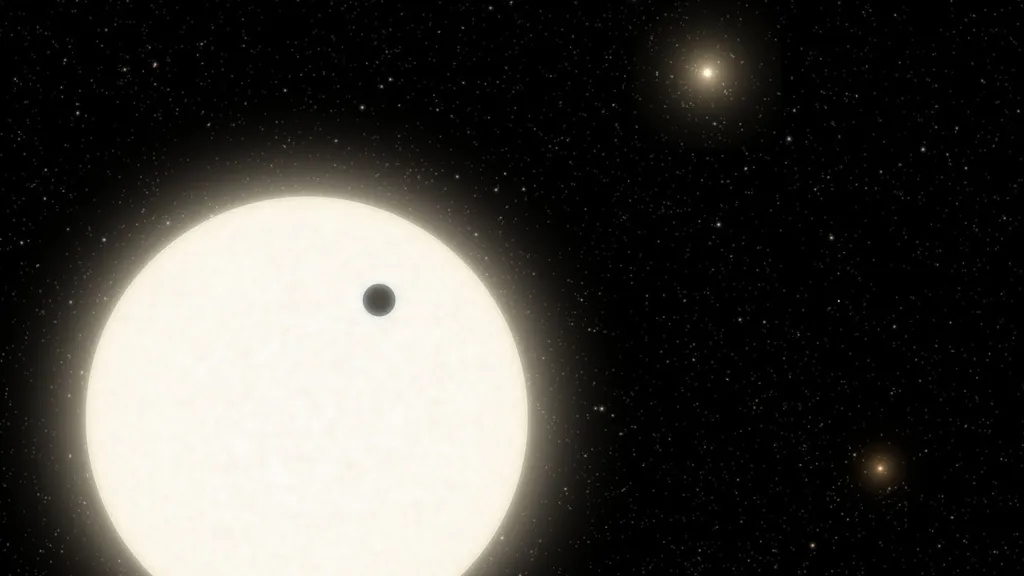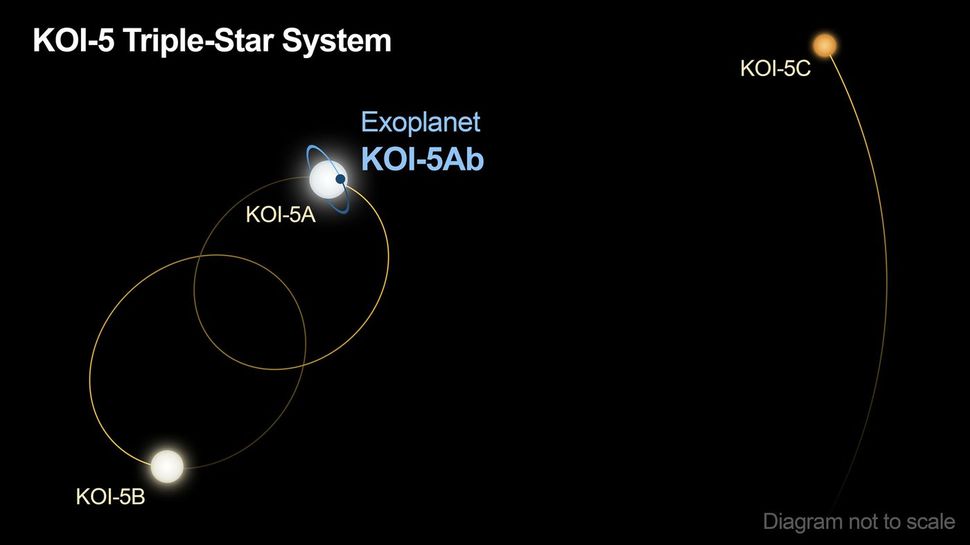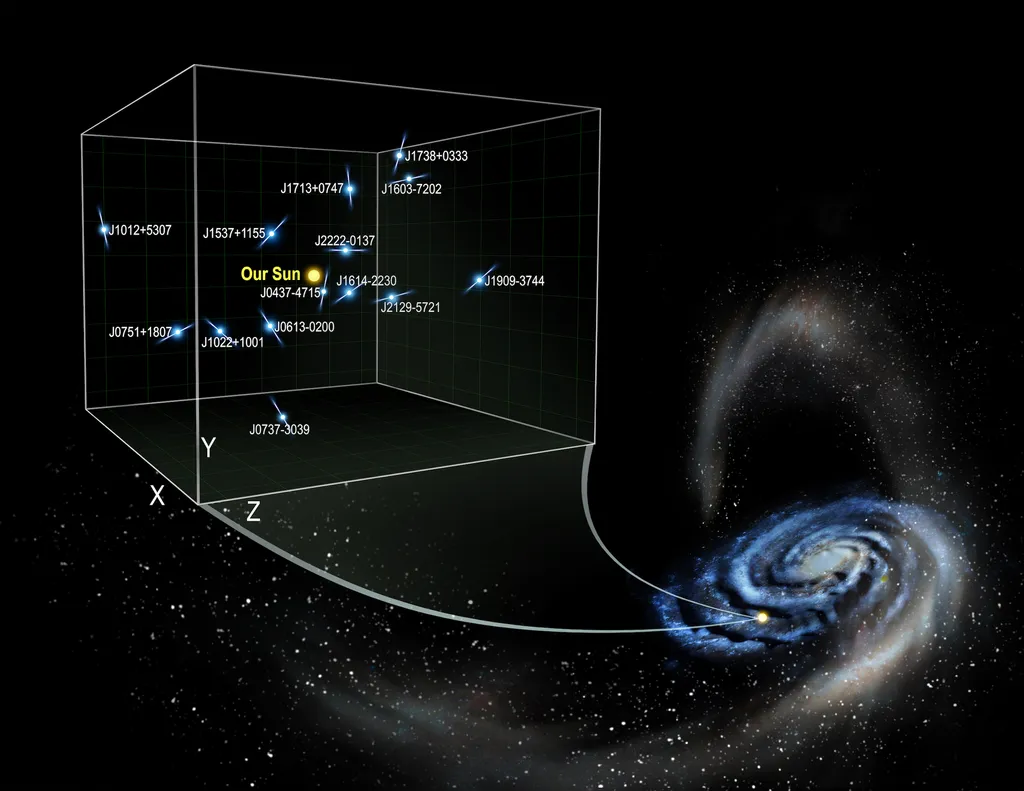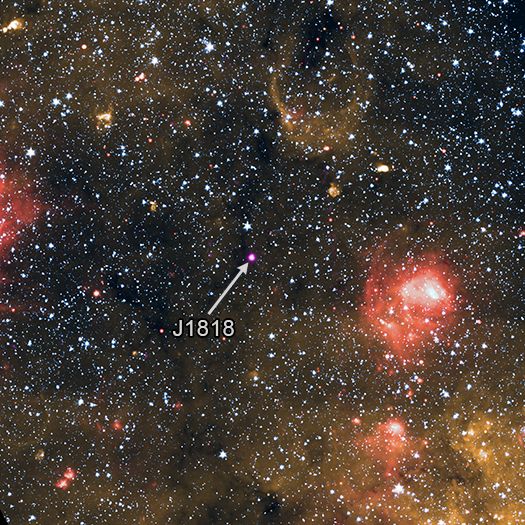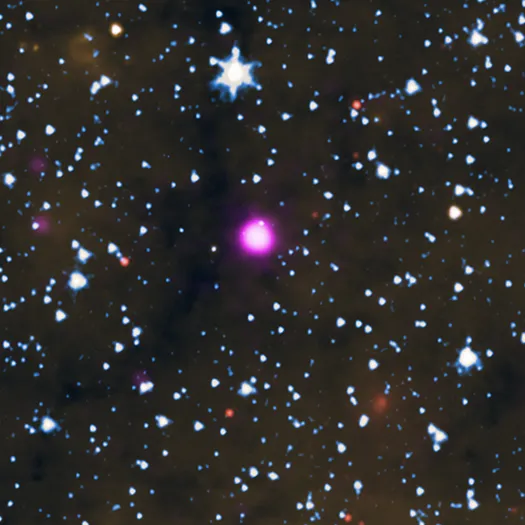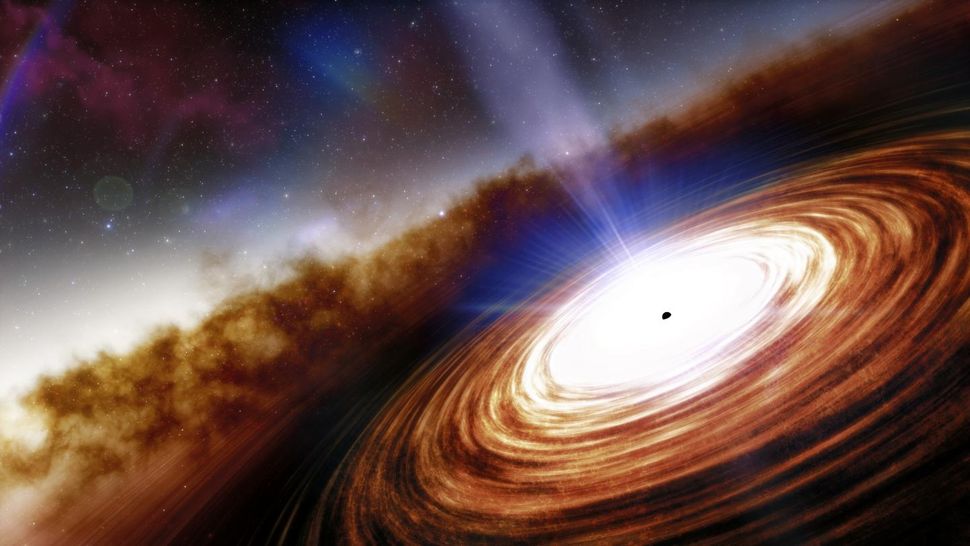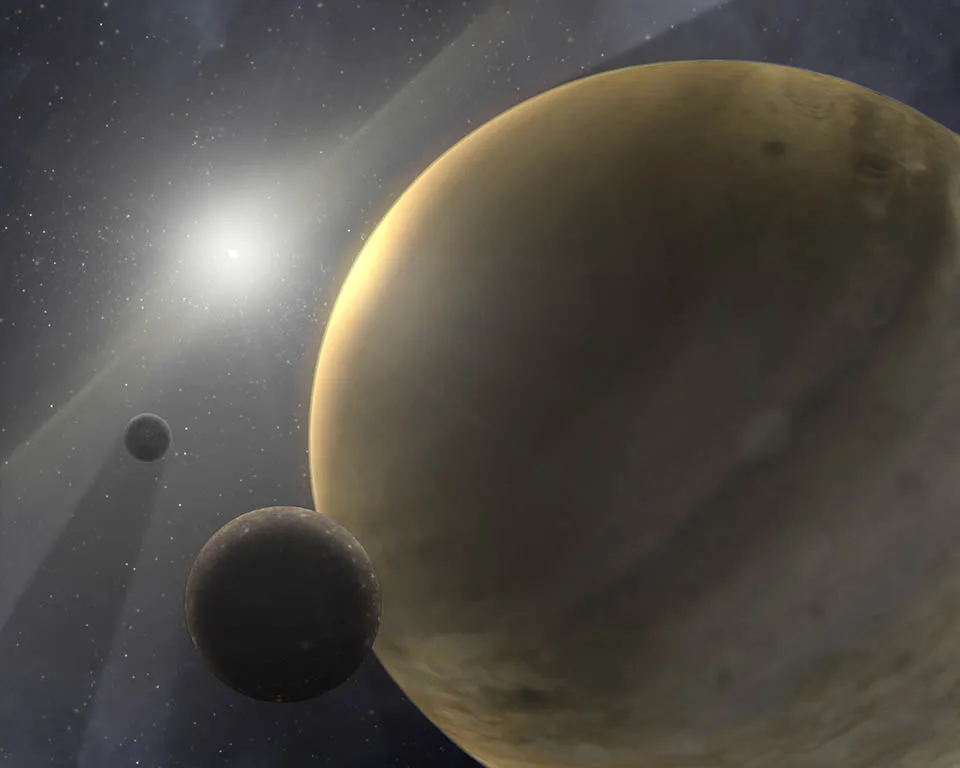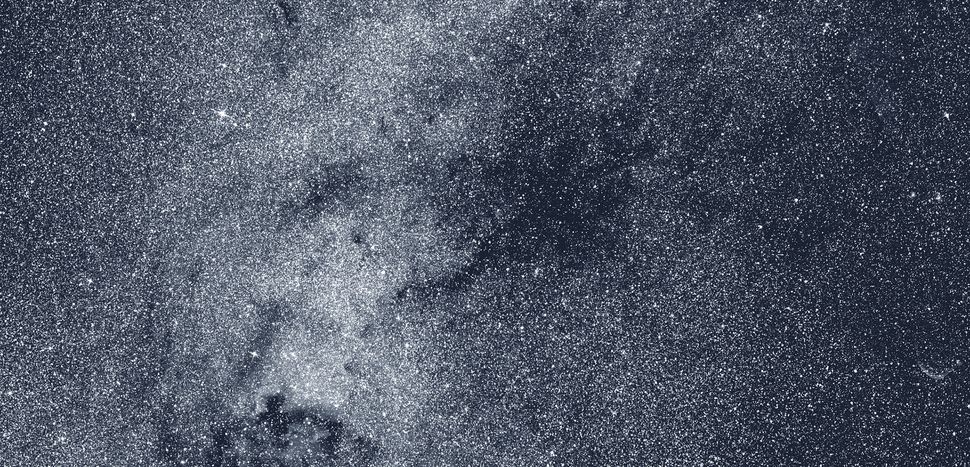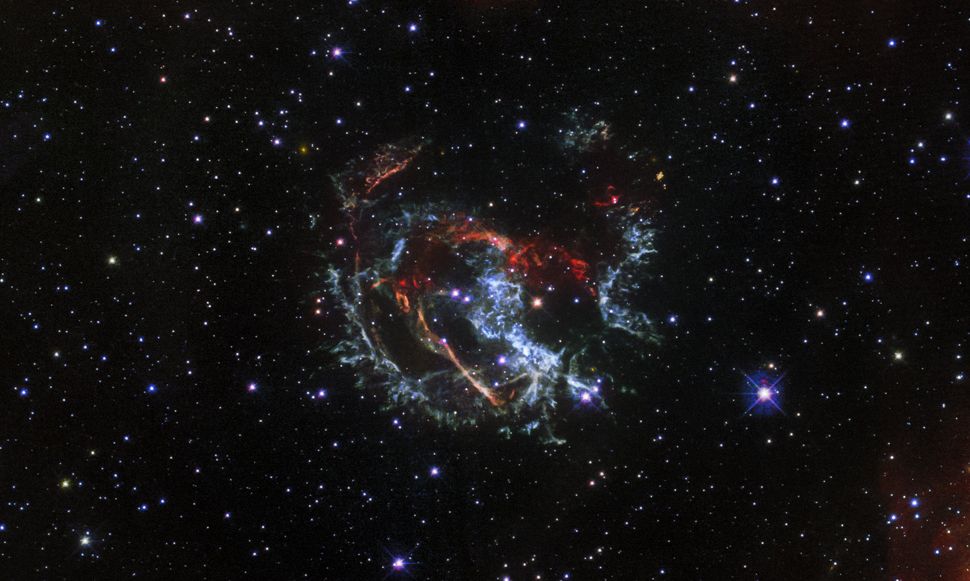Because you were wondering…
What Would We Experience If Earth Spontaneously Turned Into A Black Hole?

One of the most remarkable facts about the Universe is this: in the absence of any other forces or interactions, if you start with any initial configuration of gravitationally bound masses at rest, they will inevitably collapse to form a black hole. A straightforward prediction of Einstein’s equations, it was Roger Penrose’s Nobel-winning work that not only demonstrated that black holes could realistically form in our Universe, but showed us how.
As it turns out, gravity doesn’t need to be the only force: just the dominant one. As the matter collapses, it crosses a critical threshold for the amount of mass within a certain volume, leading to the formation of an event horizon. Eventually, some time later, any object at rest — no matter how far away from the event horizon it initially was — will cross that horizon and encounter the central singularity.
If, somehow, the electromagnetic and quantum forces holding the Earth up against gravitational collapse were turned off, Earth would quickly become a black hole. Here’s what we would experience if that were to happen.

Right now, the reason Earth is stable against gravitational collapse is because the forces between the atoms that make it up — specifically, between the electrons in neighboring atoms — is large enough to resist the cumulative force of gravity provided by the entire mass of the Earth. This shouldn’t be entirely surprising, as if you considered the gravitational versus the electromagnetic force between two electrons, you’d find that the latter force was stronger by about a factor of a whopping ~1042.
In the cores of stars that are massive enough, however, neither the electromagnetic force nor even the Pauli exclusion principle can stand up to the force inciting gravitational collapse; if the core’s radiation pressure (from nuclear fusion) drops below a critical threshold, collapse to a black hole becomes inevitable.
Although it would take some sort of magical process, such as instantaneously replacing Earth’s matter with dark matter or somehow turning off the non-gravitational forces for the material composing Earth, we can imagine what would occur if we allowed this to happen.

First off, the material composing the solid Earth would immediately begin accelerating, as though it were in perfect free-fall, towards the center of the Earth. In the central region, mass would accumulate, with its density steadily rising over time. The volume of this material would shrink as it accelerated towards the center, while the mass would remain the same.
Over the timescale of mere minutes, the density in the center would begin to rise fantastically, as material from all different radii passed through the exact center-of-mass of the Earth, simultaneously, over and over again. After somewhere between an estimated 10 and 20 minutes, enough matter would have gathered in the central few millimeters to form an event horizon for the first time.
After just a few minutes more — 21 to 22 minutes total — the entire mass of the Earth would have collapsed into a black hole just 1.75 centimeters (0.69”) in diameter: the inevitable result of an Earth’s mass worth of material collapsing into a black hole.

If that’s what the Earth beneath our feet does, however, what would a human being on Earth’s surface experience as the planet collapsed into a black hole beneath our feet?
Believe it or not, the physical story that we’d experience in this scenario would be identical to what would happen if we instantly replaced the Earth with an Earth-mass black hole. The only exception is what we’d see: as we looked down, a black hole would simply distort the space beneath our feet while we fell down towards it, resulting in bent light due to gravitational lensing.
However, if the material composing the Earth still managed to emit or reflect the ambient light, it would remain opaque, and we’d be able to see what happened to the surface beneath our feet as we fell. Either way, the first thing that would happen would be a transition from being at rest — where the force from the atoms on Earth’s surface pushed back on us with an equal and opposite force to gravitational acceleration — to being in free-fall: at 9.8 m/s2 (32 feet/s2), towards the center of the Earth.
Unlike most free-fall scenarios we experience on Earth today, such as a skydiver experiences when jumping out of an airplane, you’d have an eerie, lasting experience.
– You wouldn’t feel the wind rushing past you, but rather the air would accelerate down towards the center of the Earth exactly at the same rate you did.
– There would be no drag forces on you, and you would never reach a maximum speed: a terminal velocity. You’d simply fall faster and faster as time progressed.
– That “rising stomach” sensation that you’d feel — like you get at the top of a drop on a roller coaster — would begin as soon as free-fall started, but would continue unabated.
– You’d experience total weightlessness, like an astronaut on the International Space Station, and would be unable to “feel” how fast you were falling.
– Which is a good thing, because not only would you fall faster and faster towards the Earth’s center as time went on, but your acceleration would actually increase as you got closer to that central singularity.

As you can see from the illustration above, the size of the arrows — as well as the speed that they move at — increases as we get closer to the central singularity of a black hole. In Newtonian gravity, which is a good approximation as long as you’re very far away from the event horizon (or the equivalent size of the event horizon), the gravitational acceleration you experience will quadruple every time your distance to a point halves. In Einsteinian gravity, which matters as you get close to the event horizon, your acceleration will increase even more significantly than that.
If you start off at rest with respect to the center of Earth, then by the time you’ve:
– fallen halfway to Earth’s center, a distance of ~3187 km, you’ll be falling at a speed of 11 km/s,
– fallen 90% of the way to Earth’s center, so you’re just ~637 km away, you fall at 34 km/s,
– fallen 99% of the way to Earth’s center, so you’re only ~64 km away, you’re moving at 112 km/s,
– made it to within 1 km of the very center, you’ll move at 895 km/s,
and while you might only be a millisecond from the event horizon, you’ll never get to experience what it’s like to get there.

That’s because your body, as you fall closer and closer to the center of the collapsing Earth, starts to experience enormous increases in tidal forces. While we normally associate tides with the Moon, the same physics is at play. Every point along any body in a gravitational field will experience a gravitational force whose direction and magnitude are determined by their displacement from the mass they’re attracted to.
For a sphere, like the Moon, the point closest to the mass will be attracted the most; the point farthest from it will be attracted the least; the points that are off-center will be preferentially attracted to the center. While the center itself experiences an average attraction, the points all around it will experience different levels, which stretches the object along the direction of attraction and compresses it along the perpendicular direction.
Here on the surface of Earth, these tidal forces on a human being are minuscule: a little less than a millinewton, or the gravitational force on a typical small earring. But as you get closer and closer to Earth’s center, these forces octuple each time you halve your distance.

…see next post…
3 users thanked author for this post.












